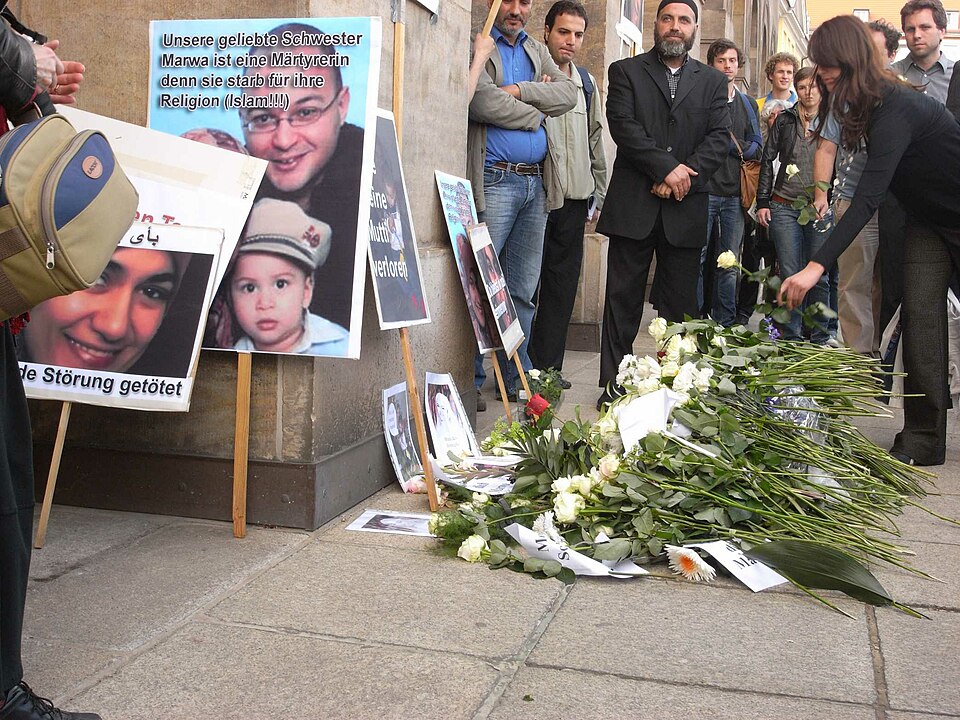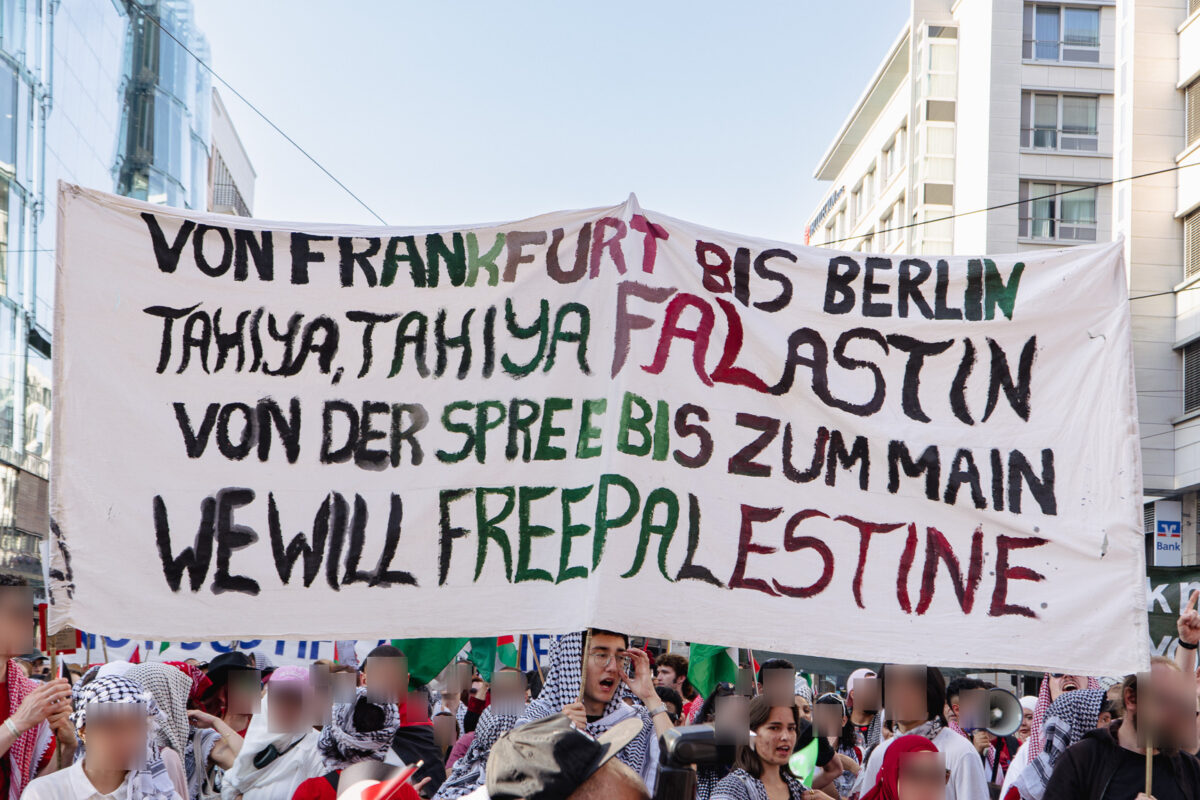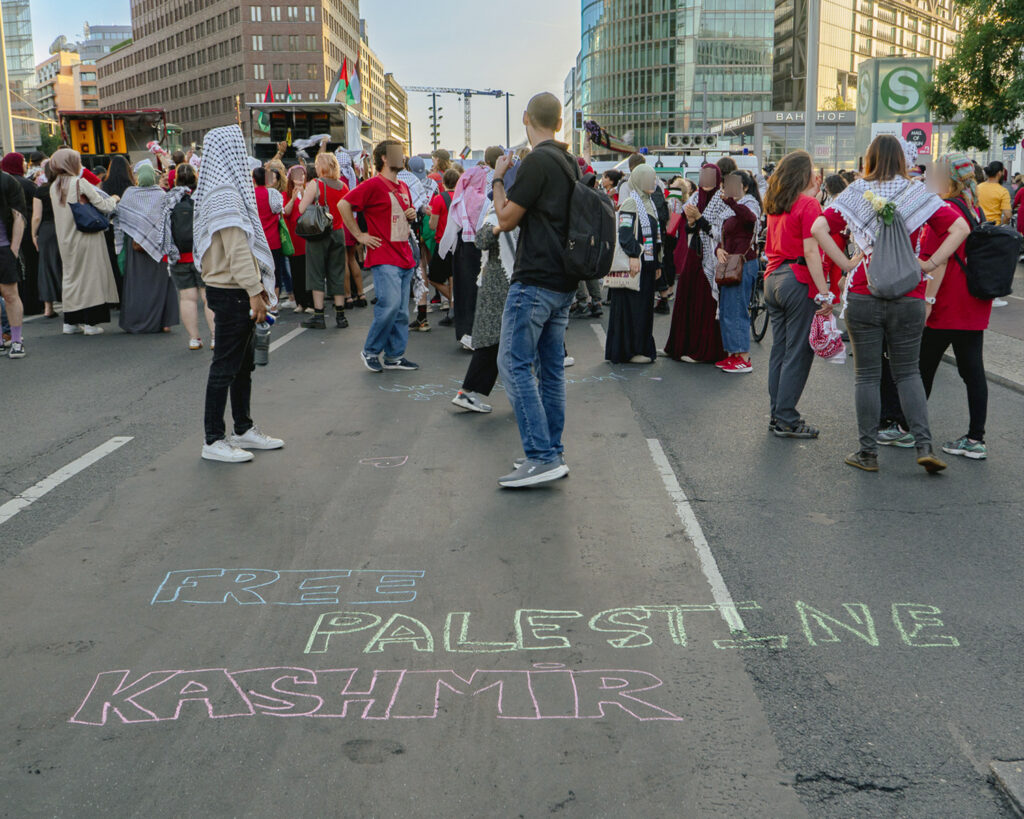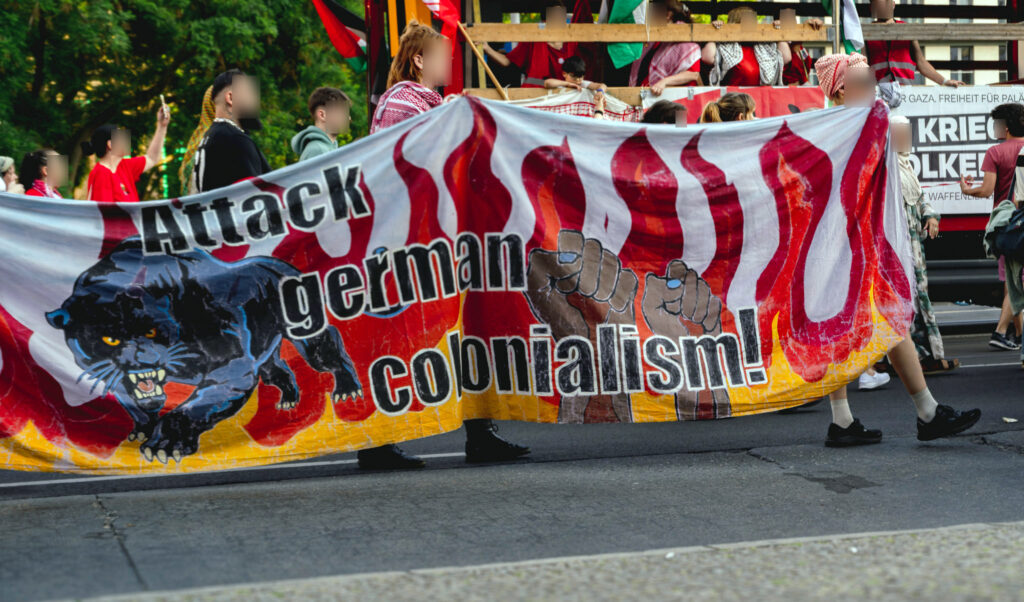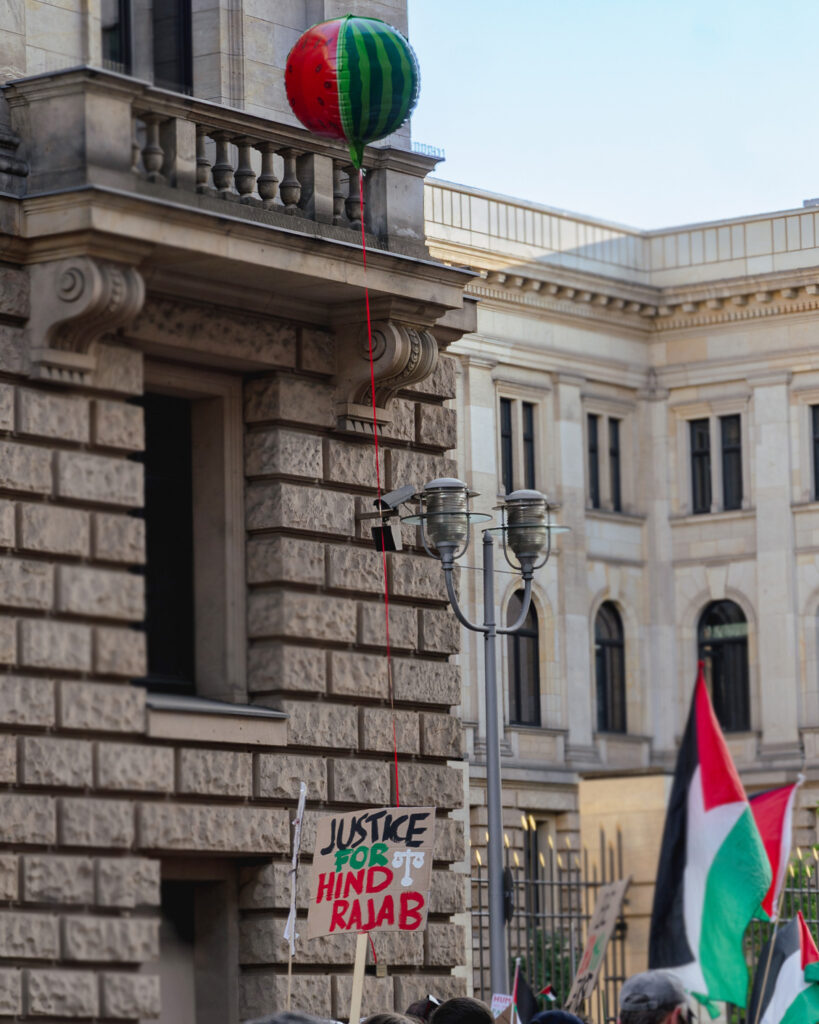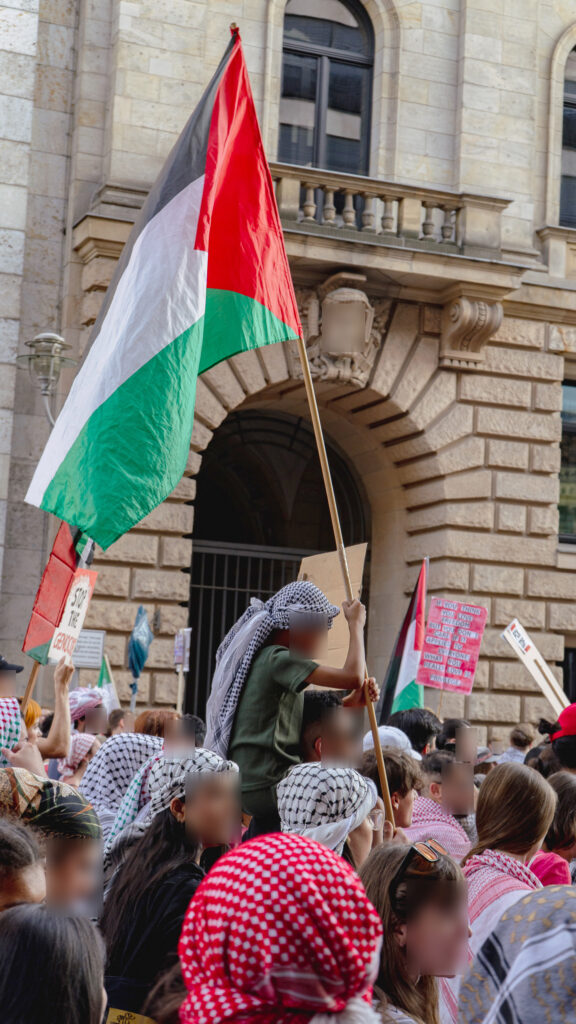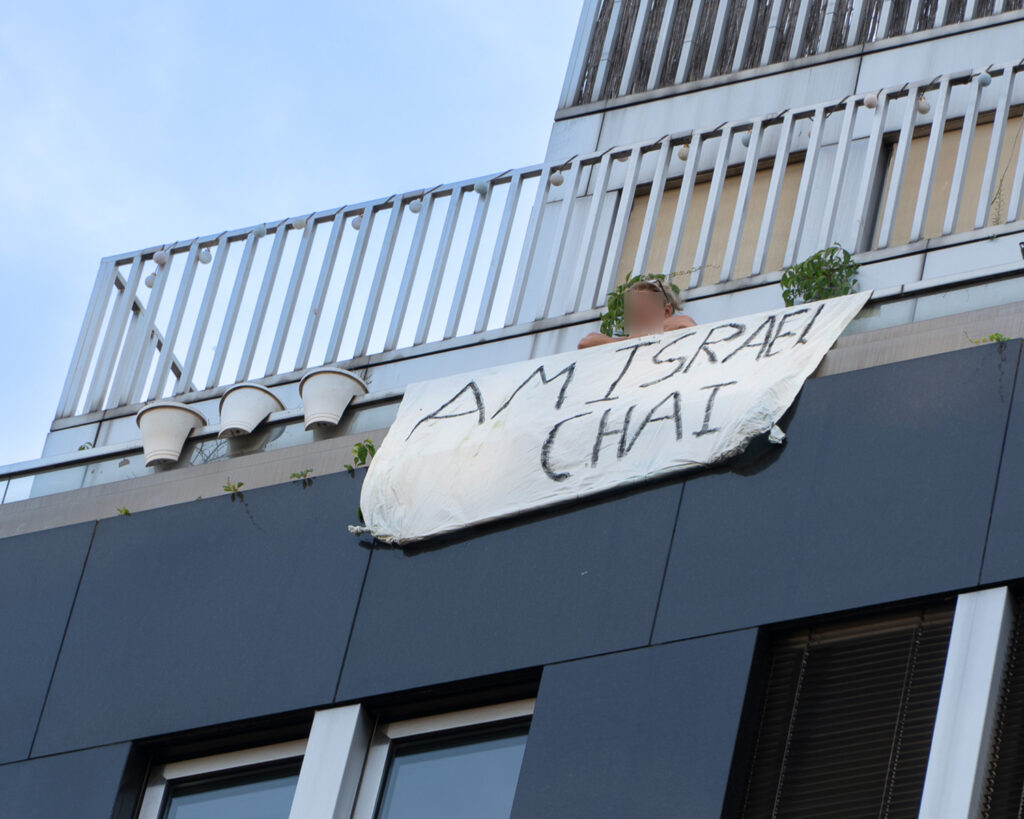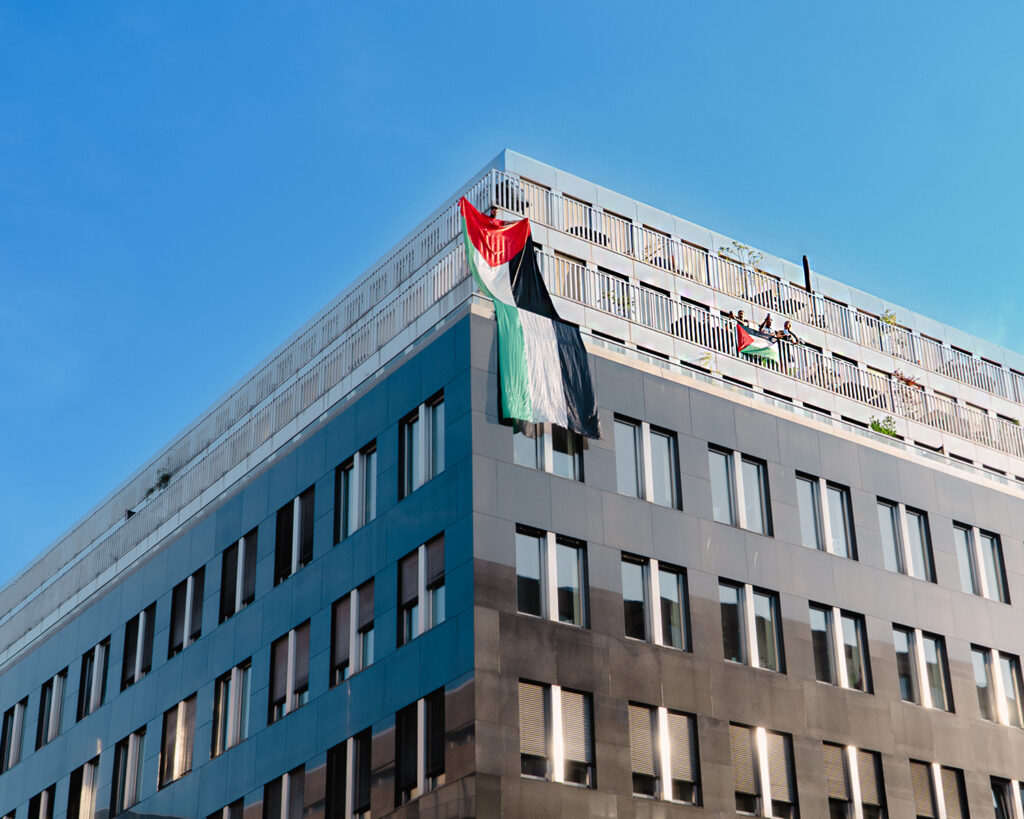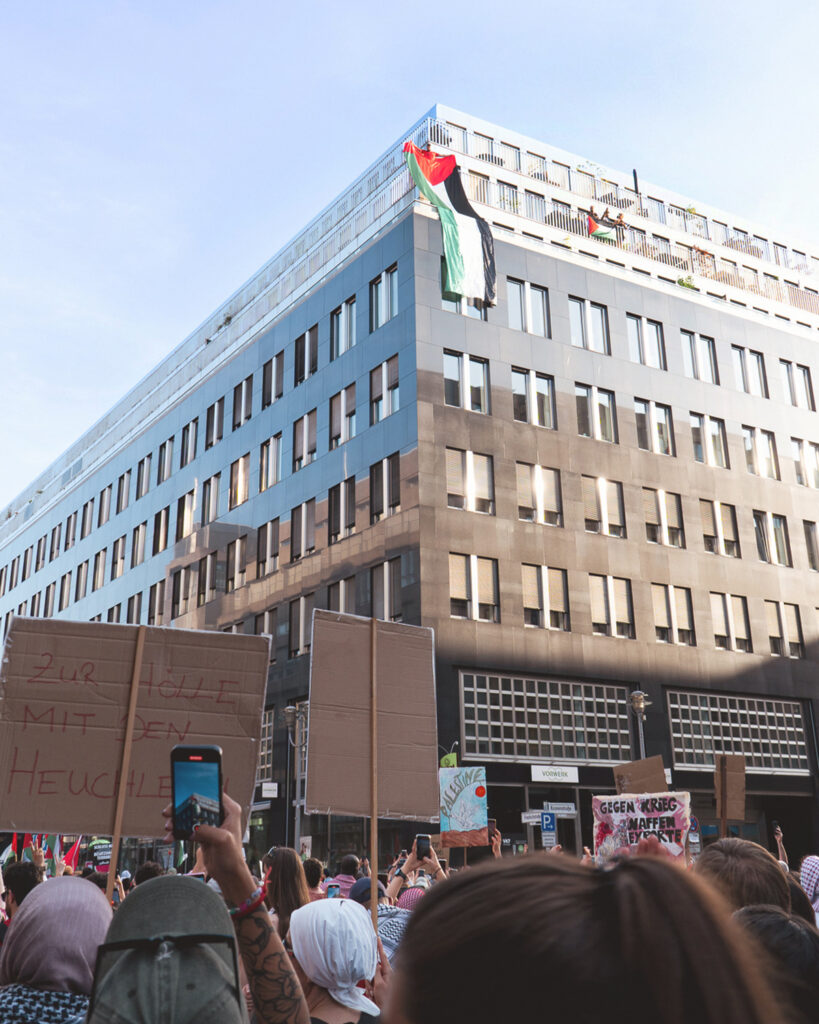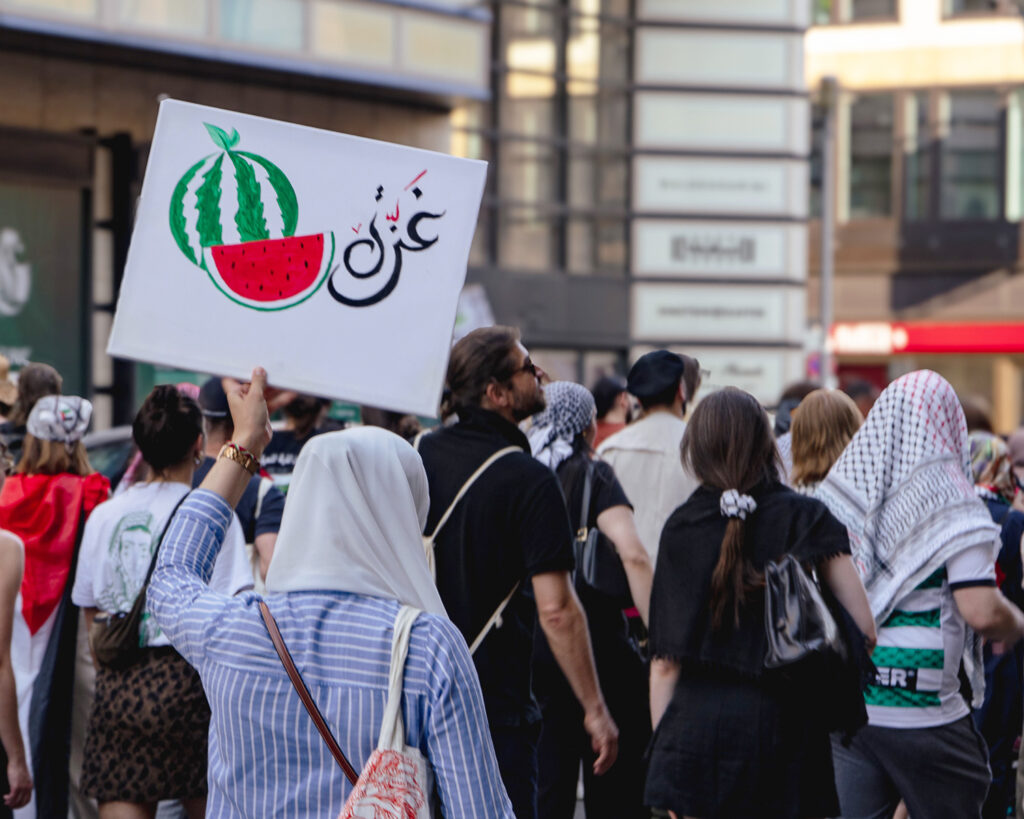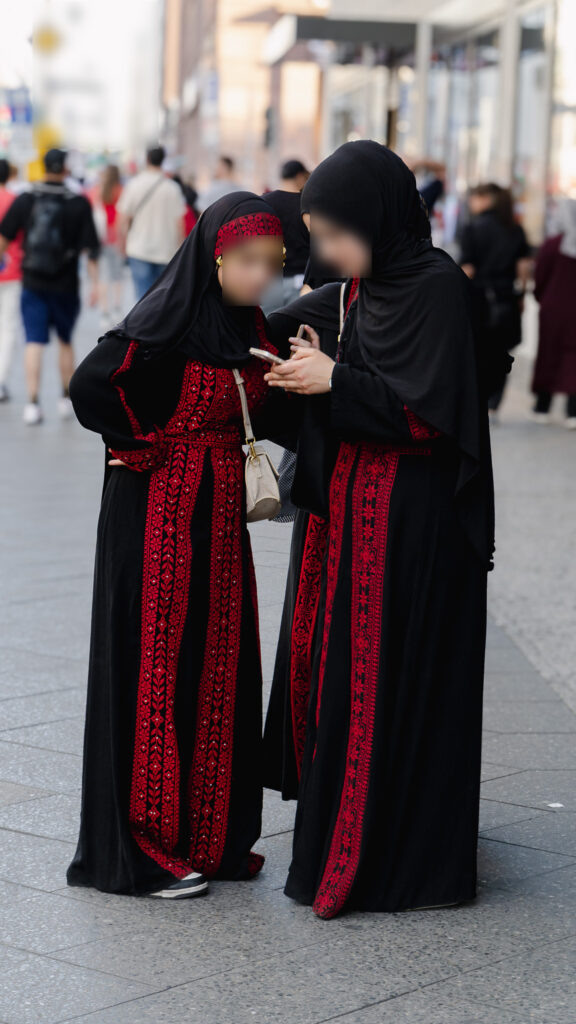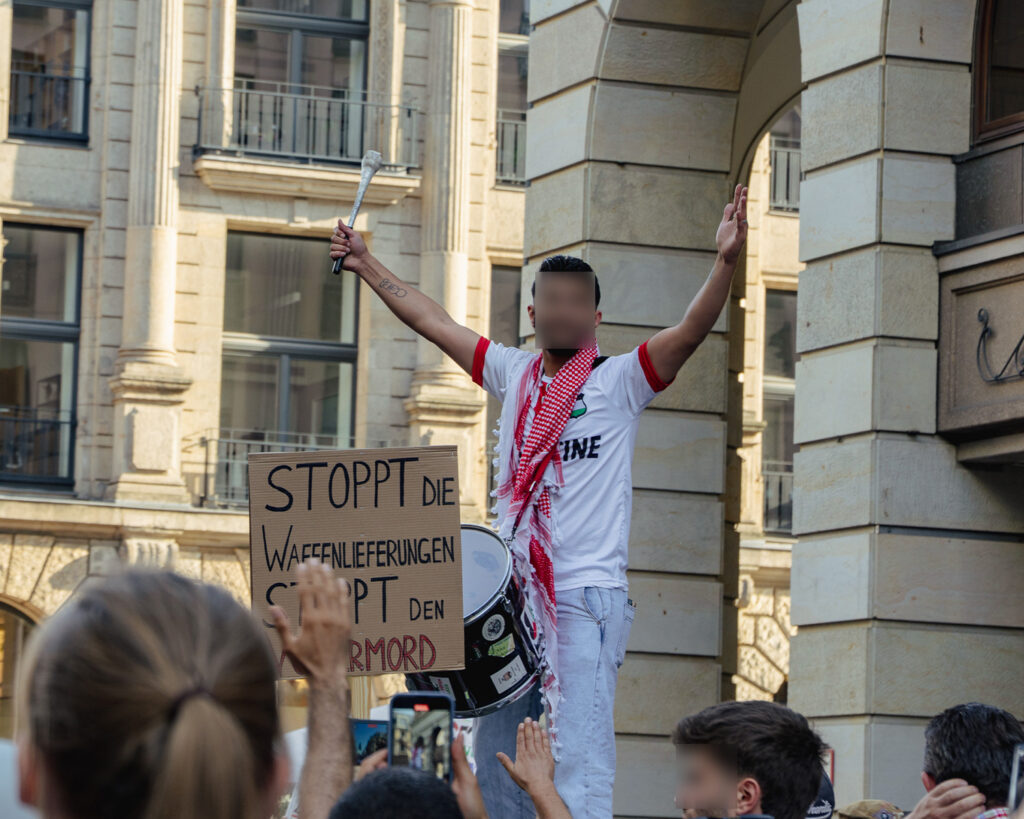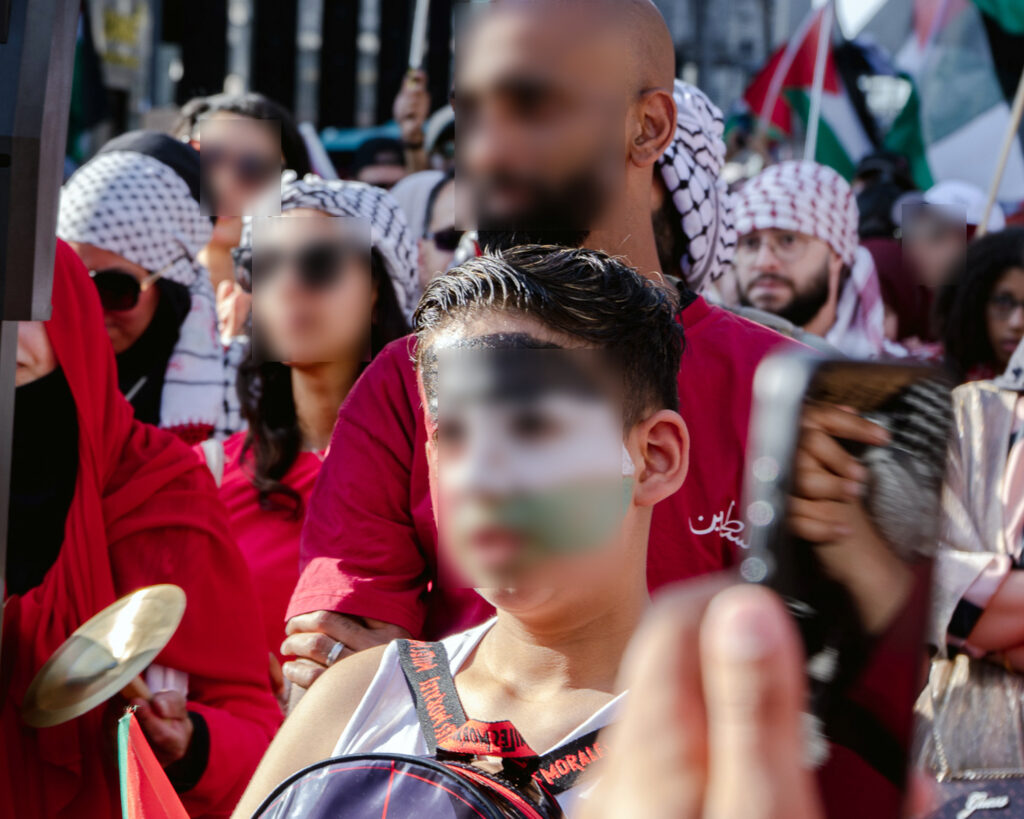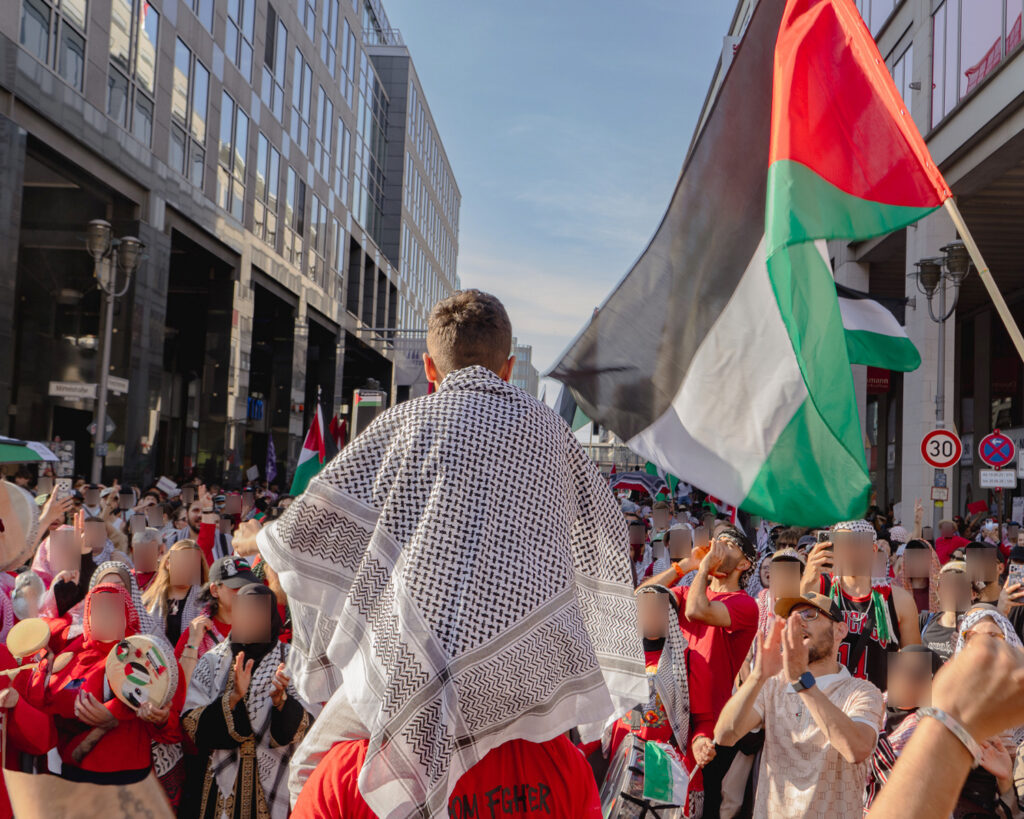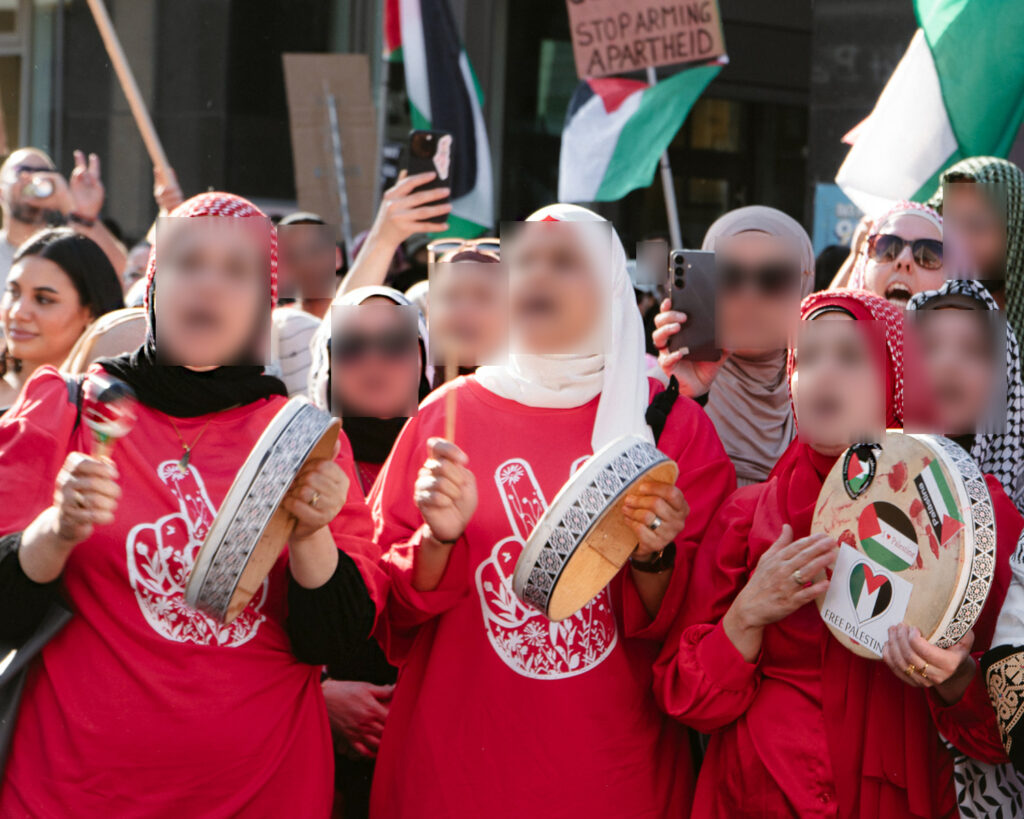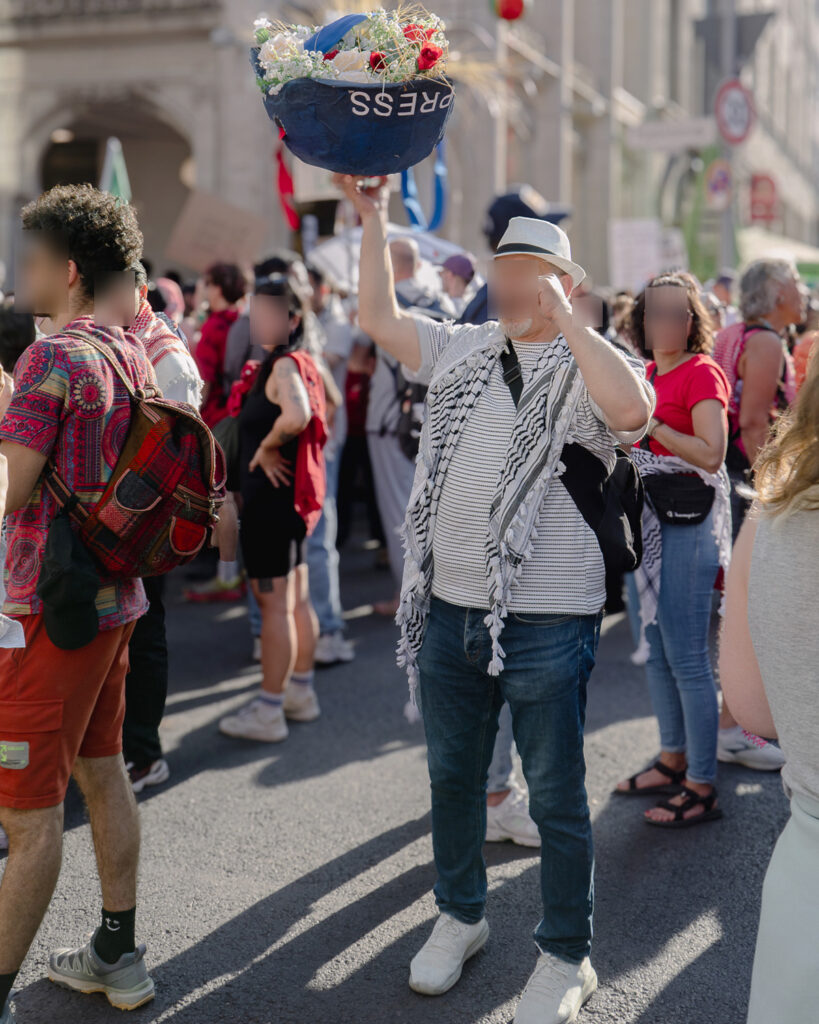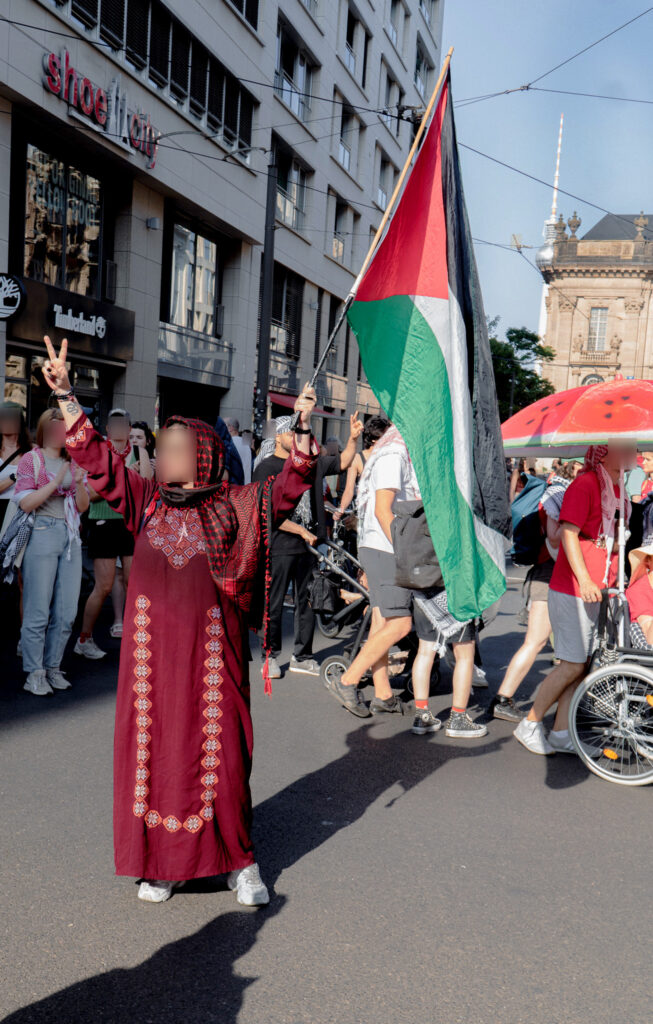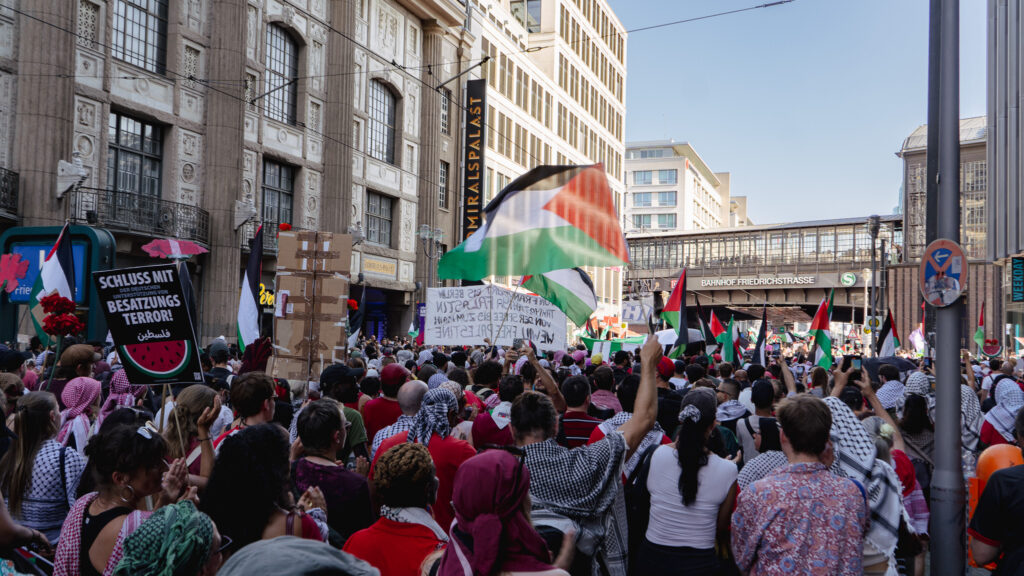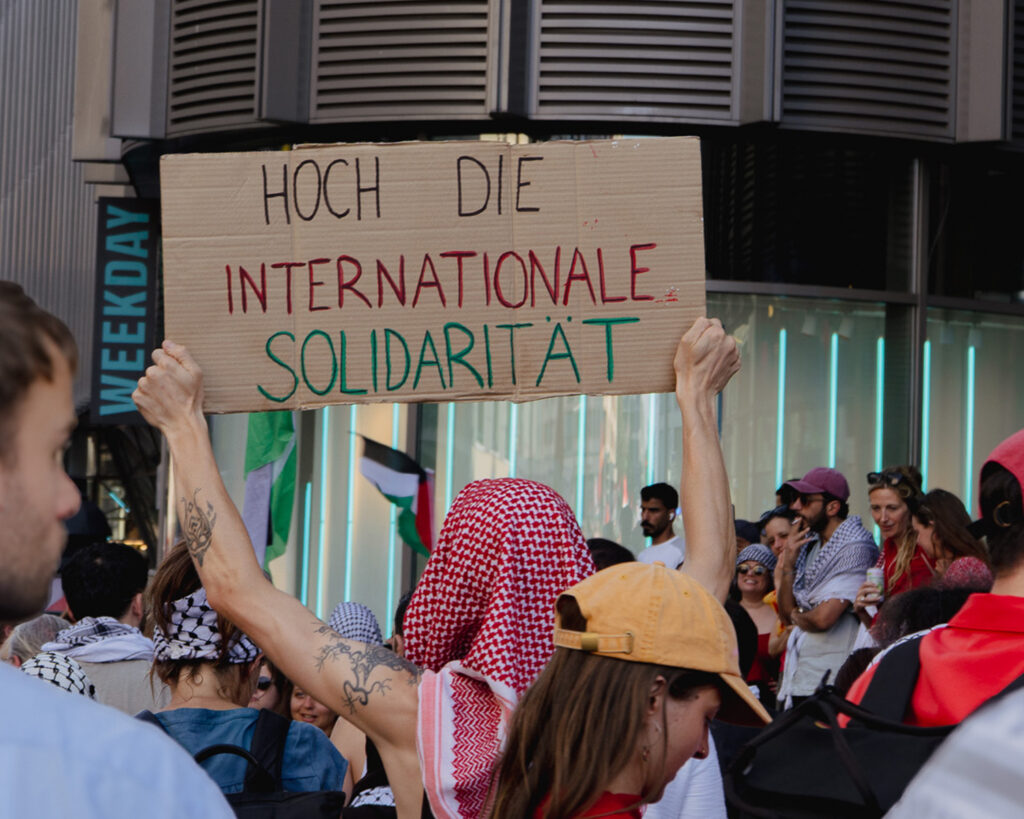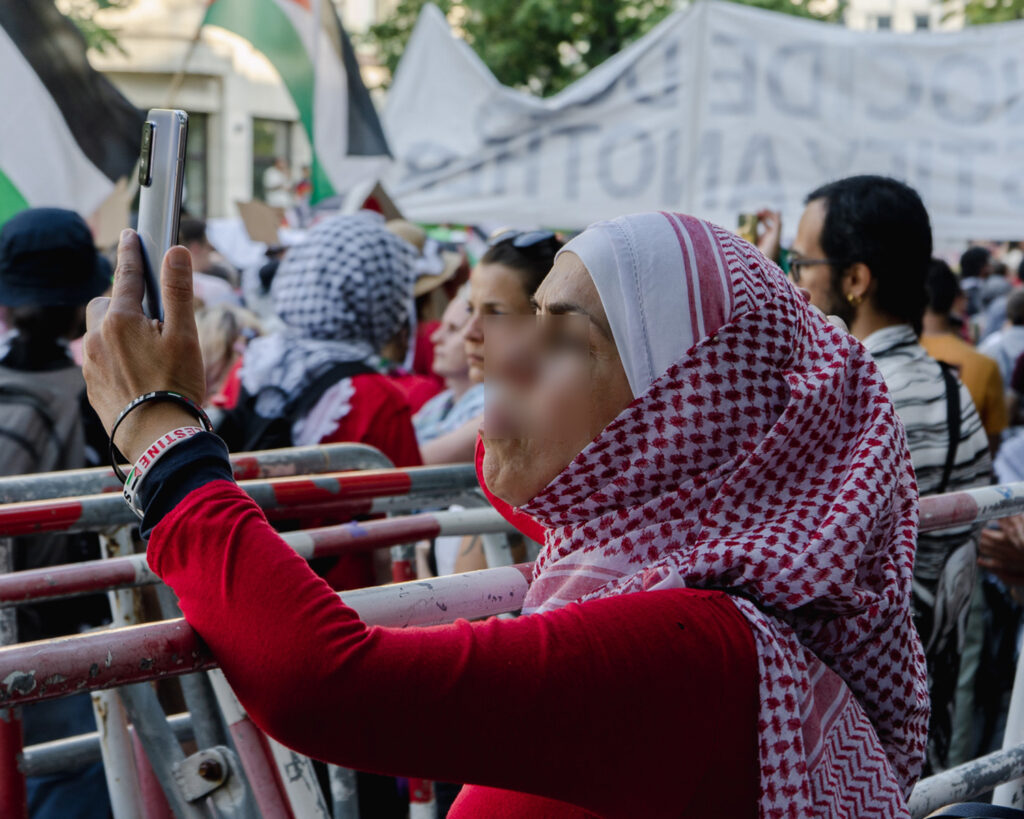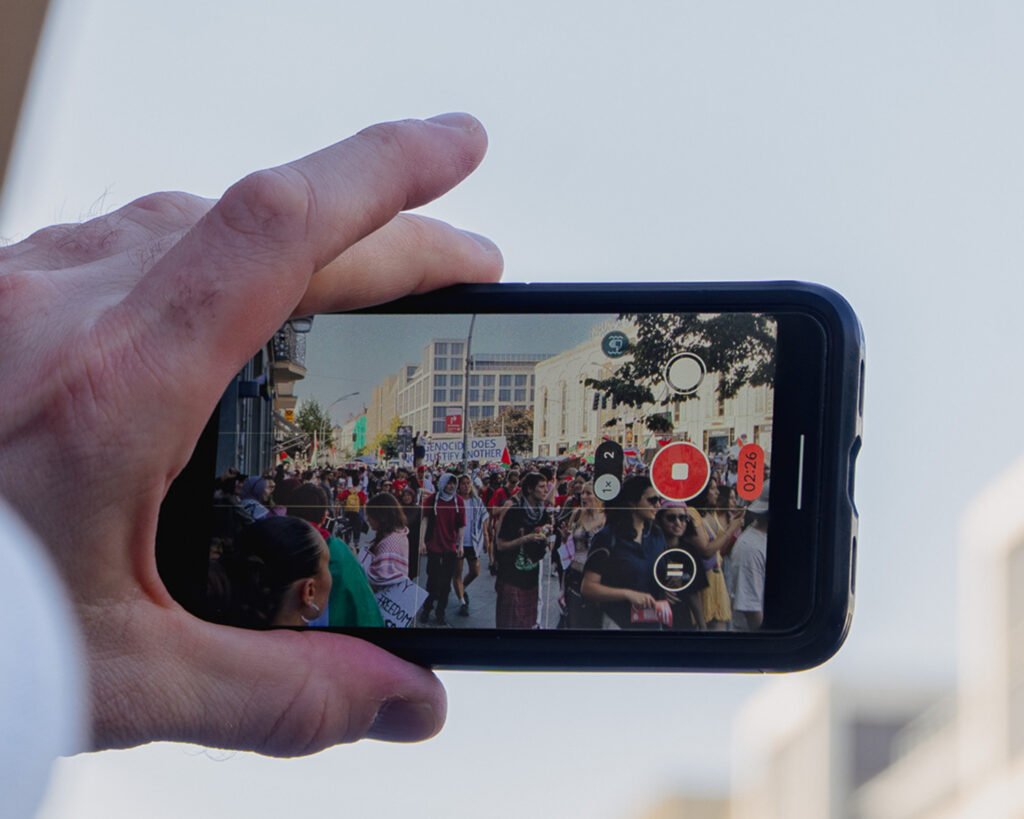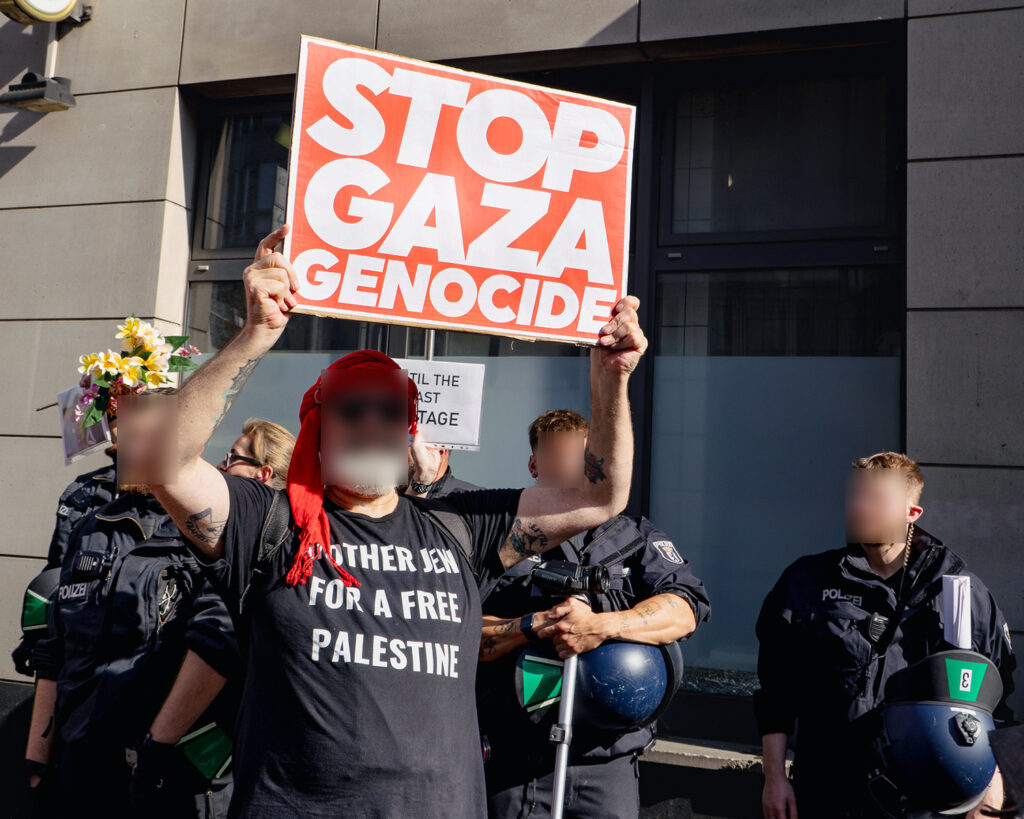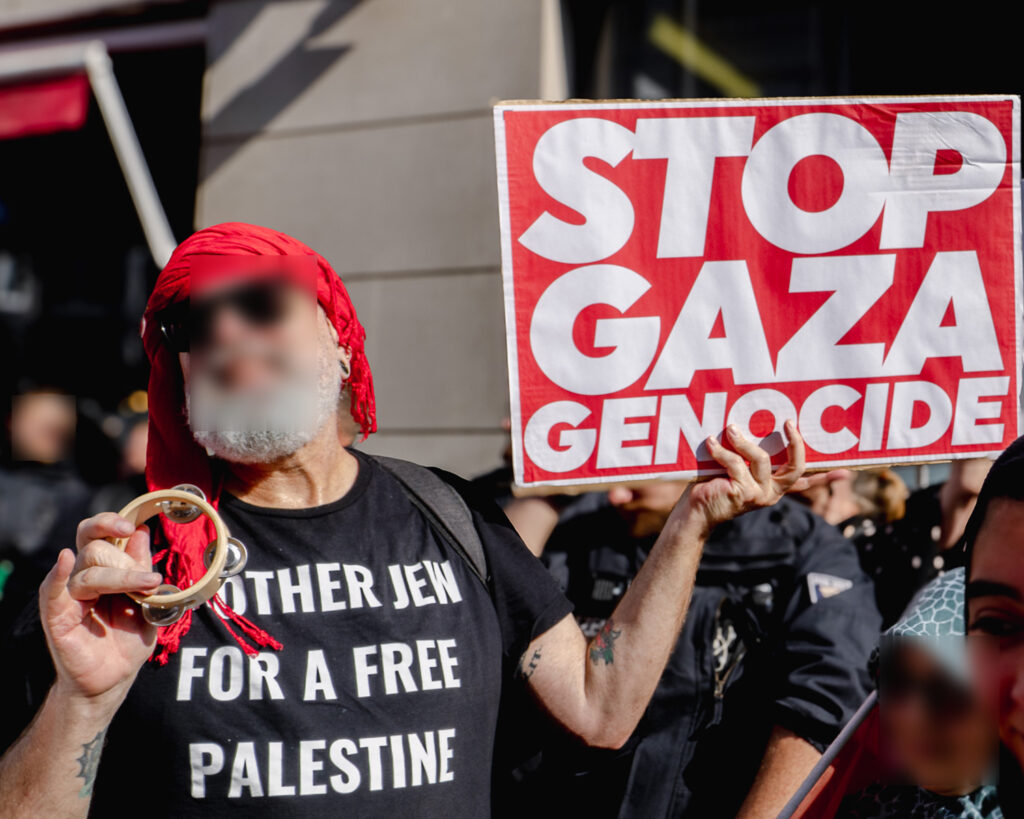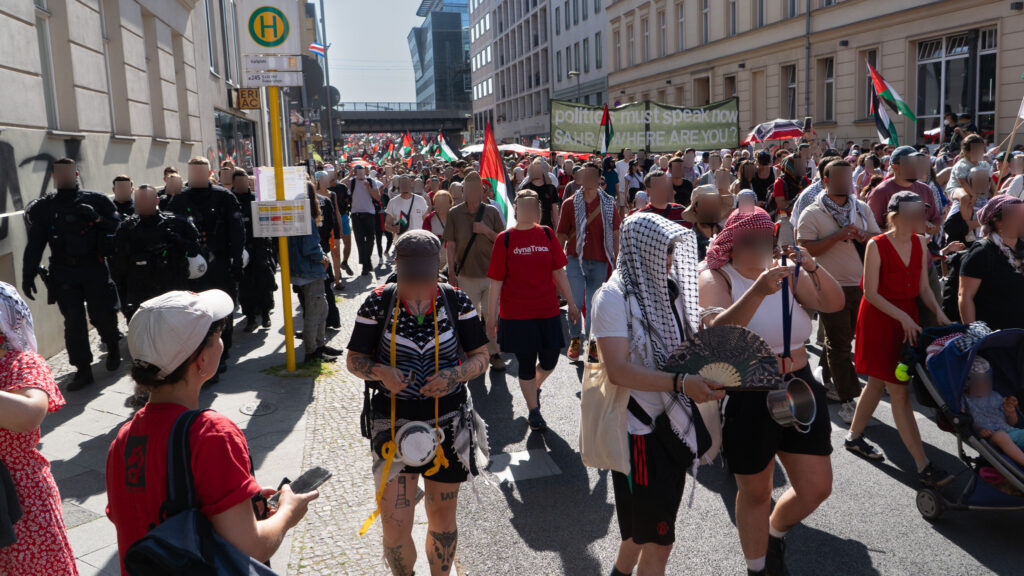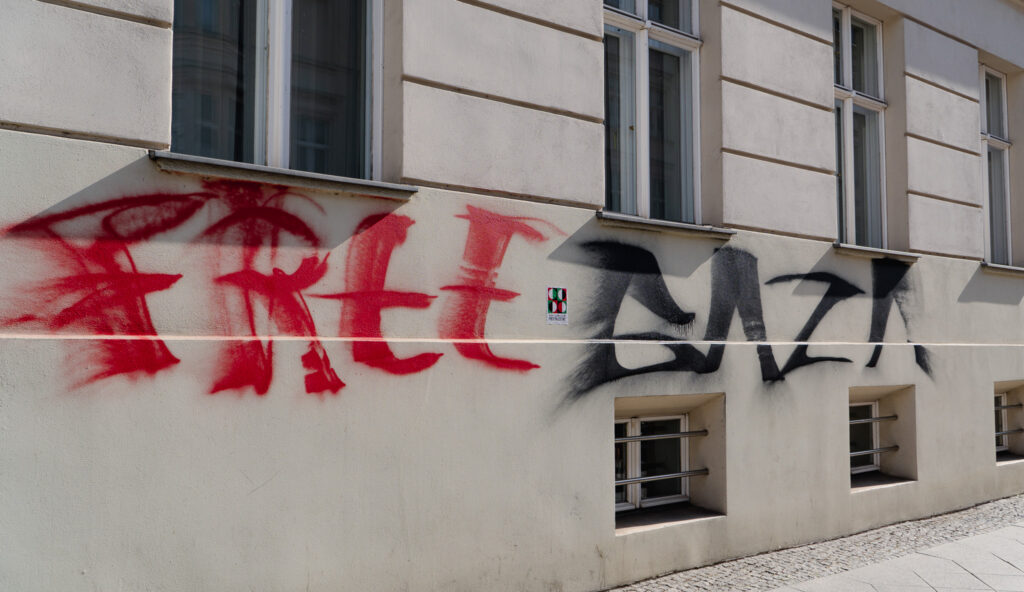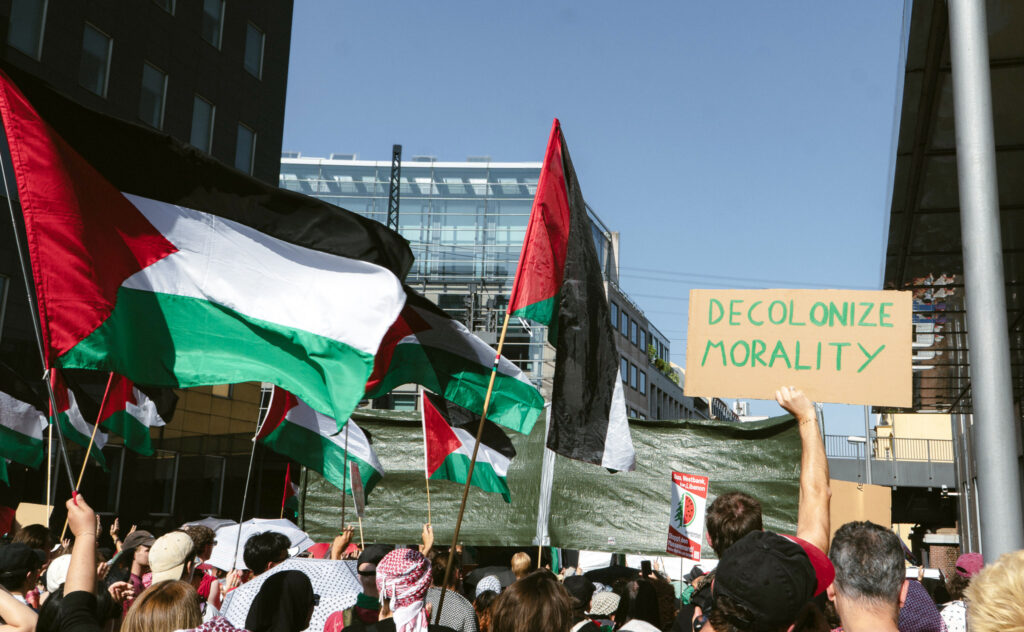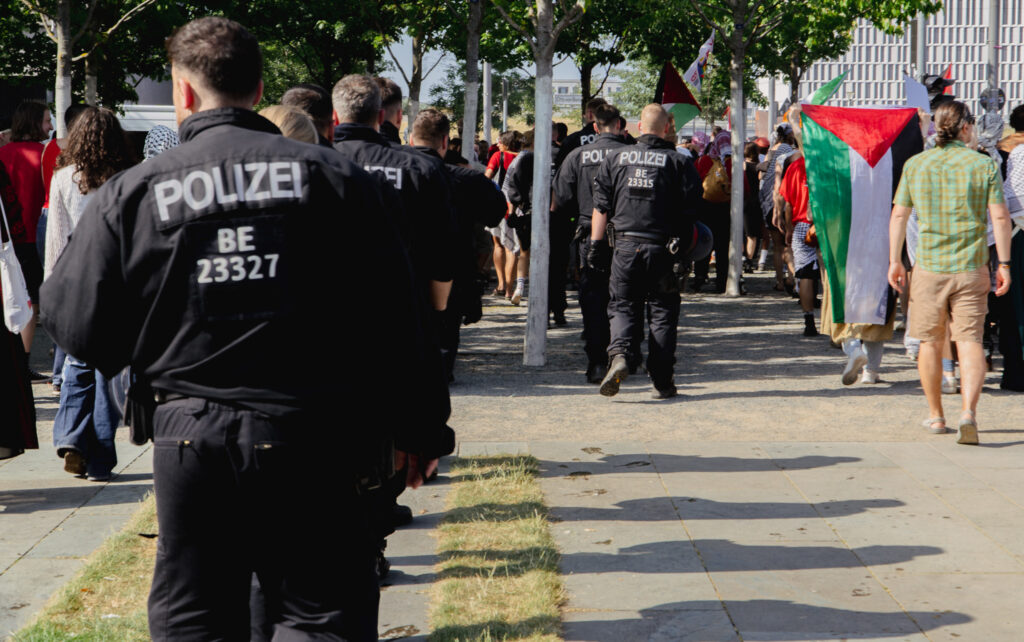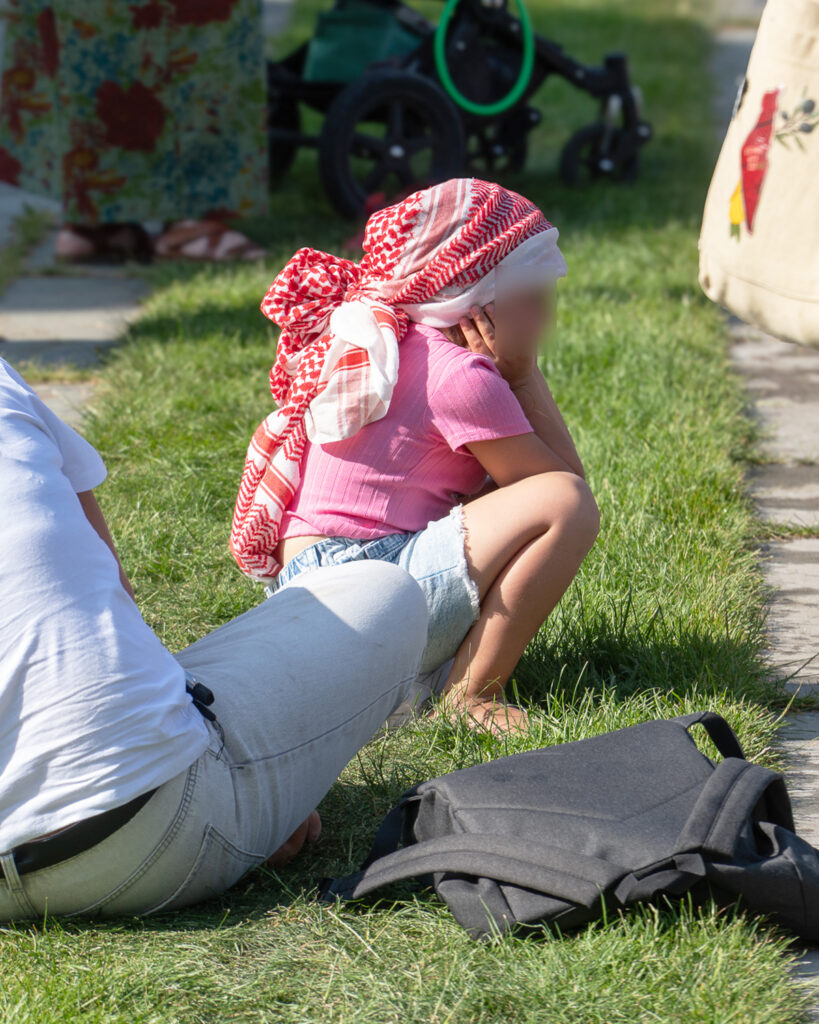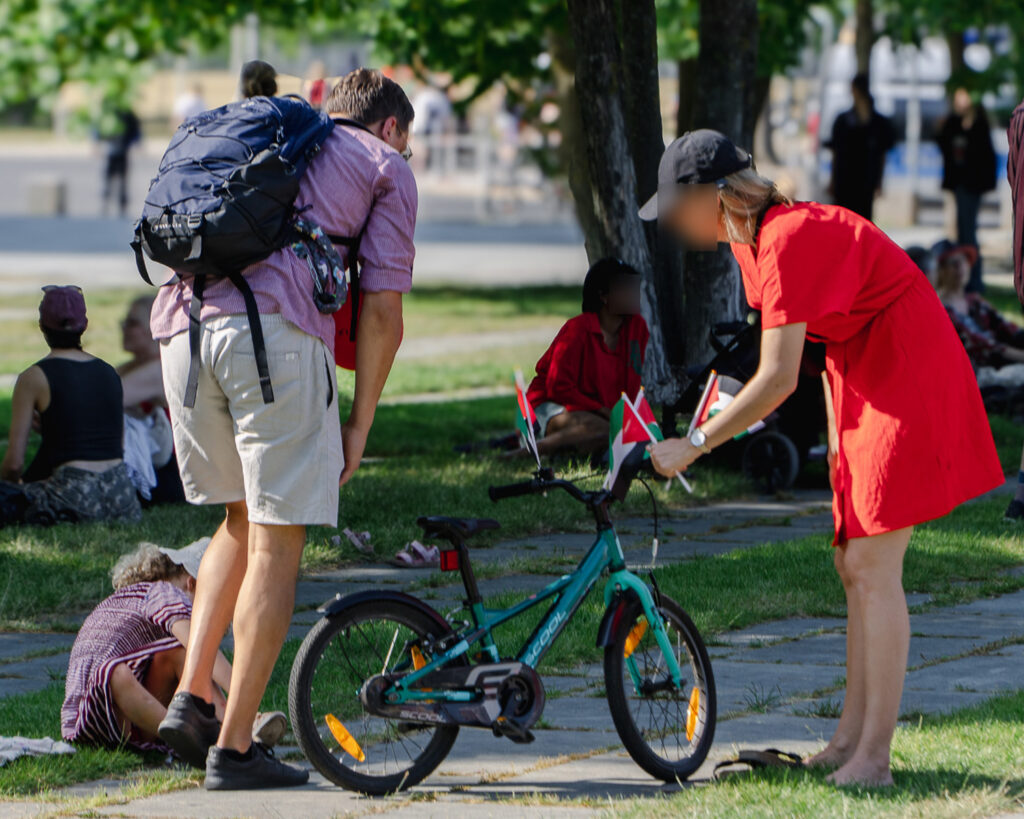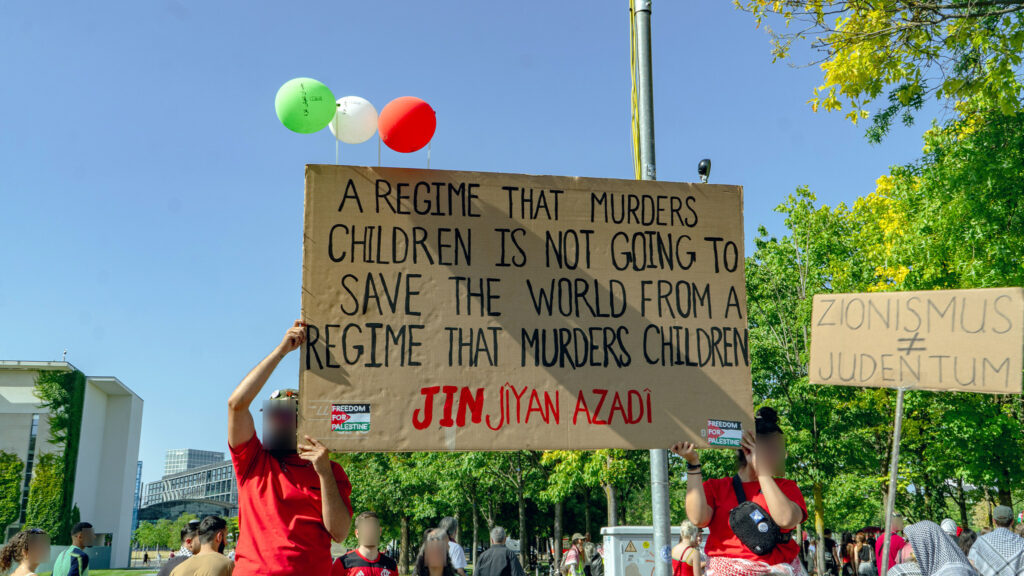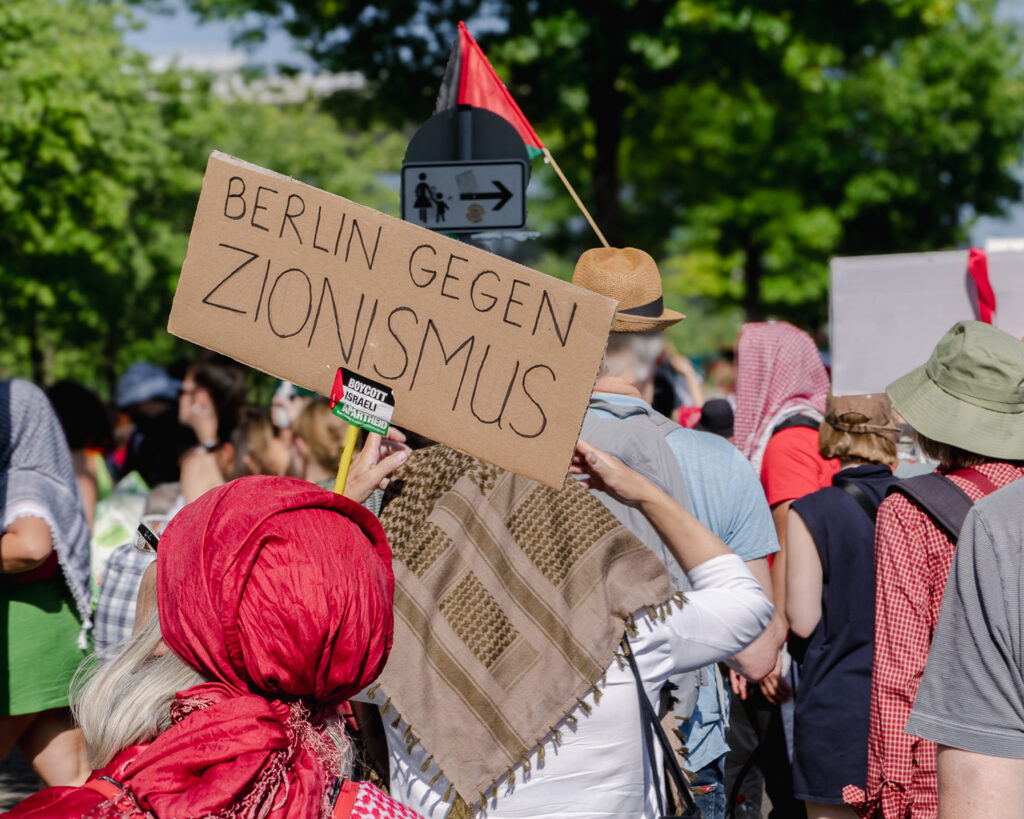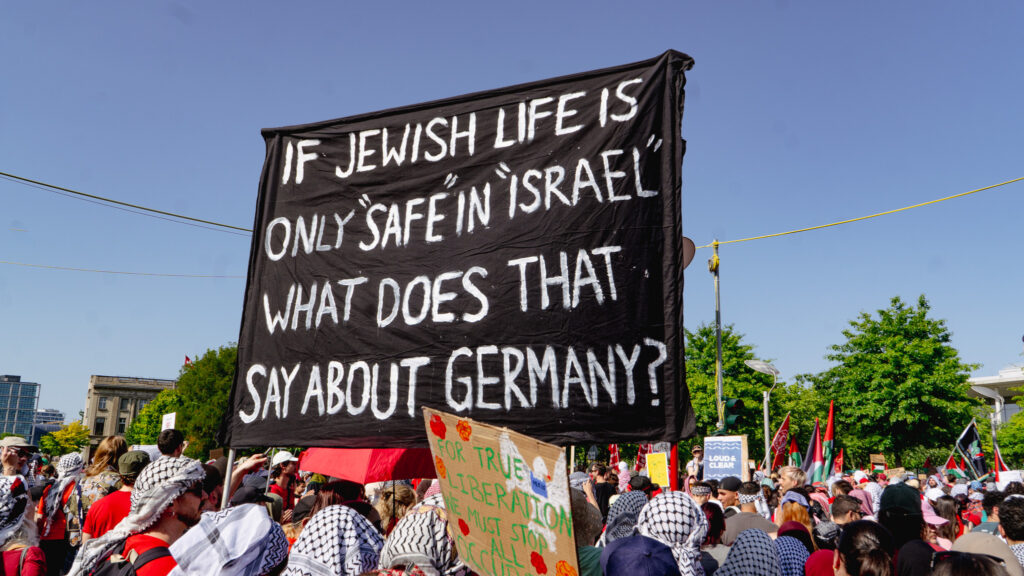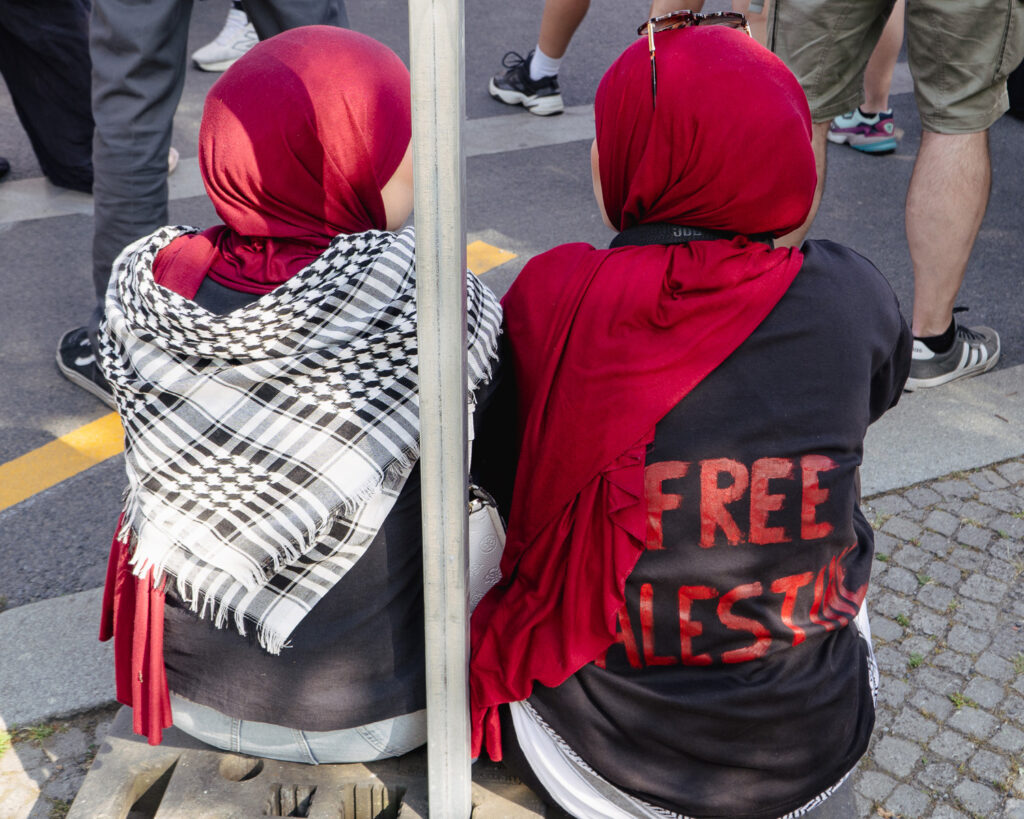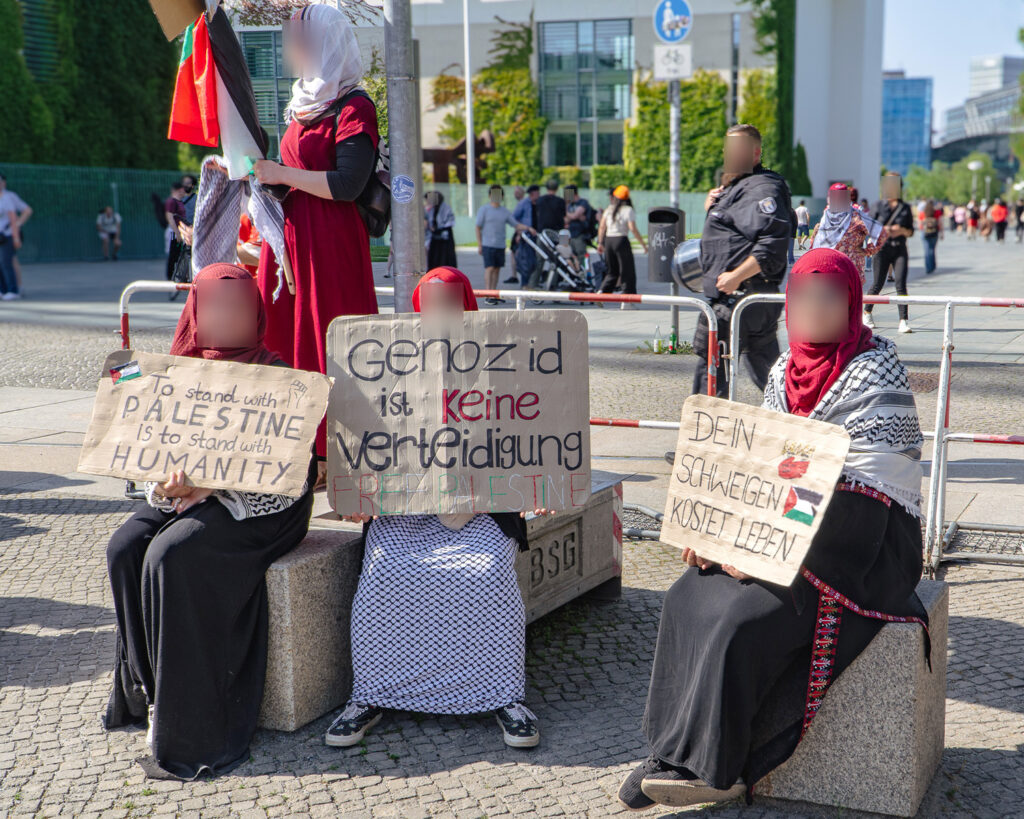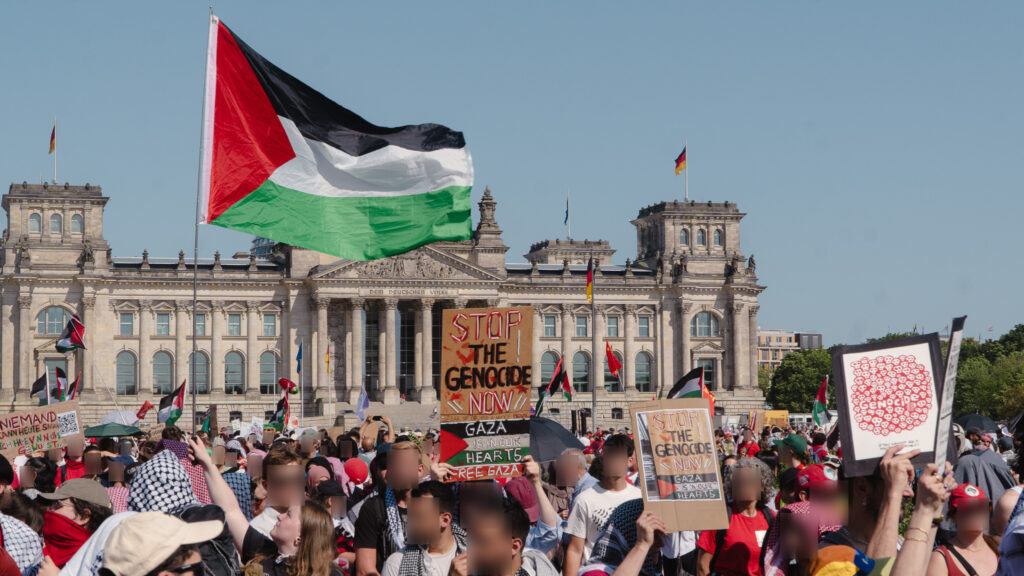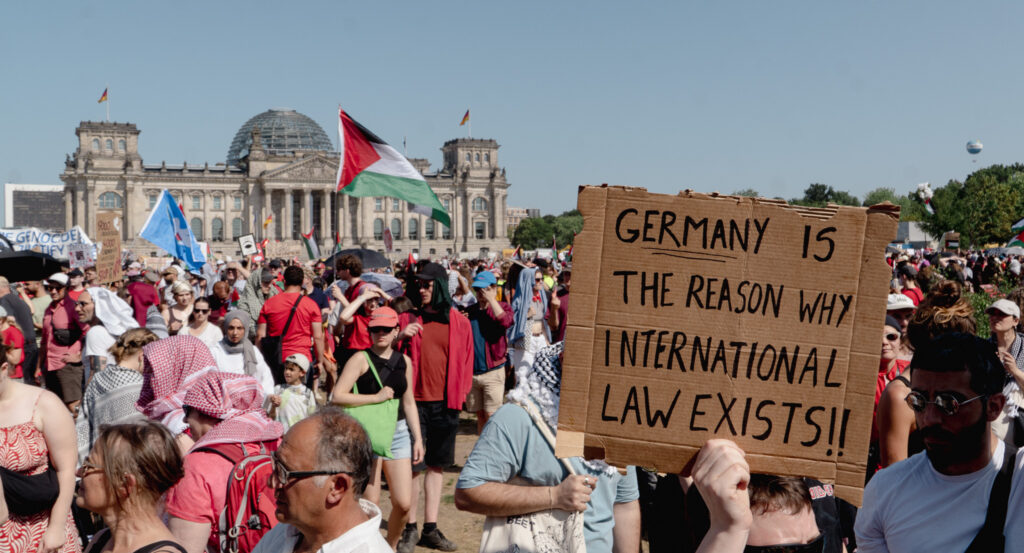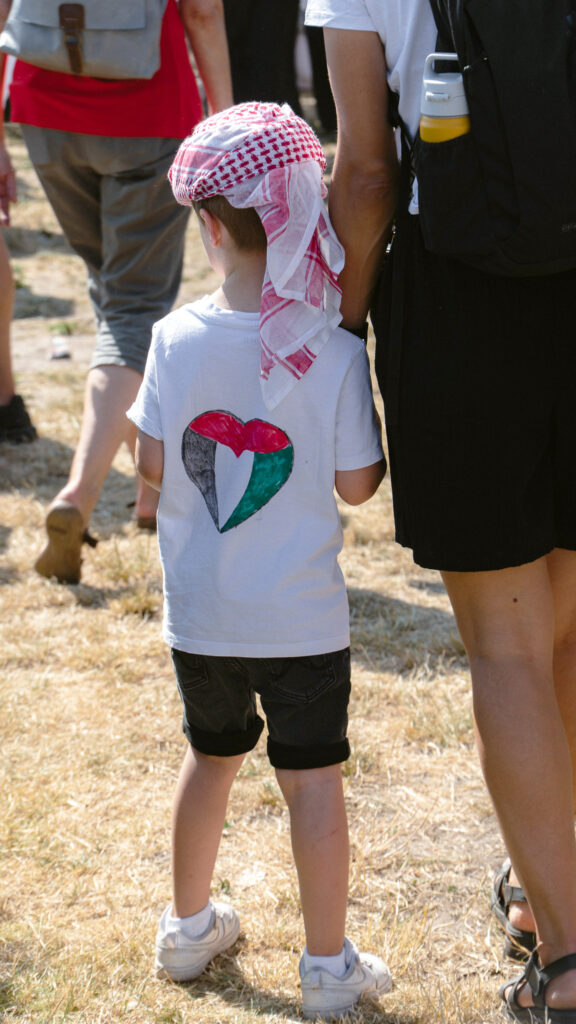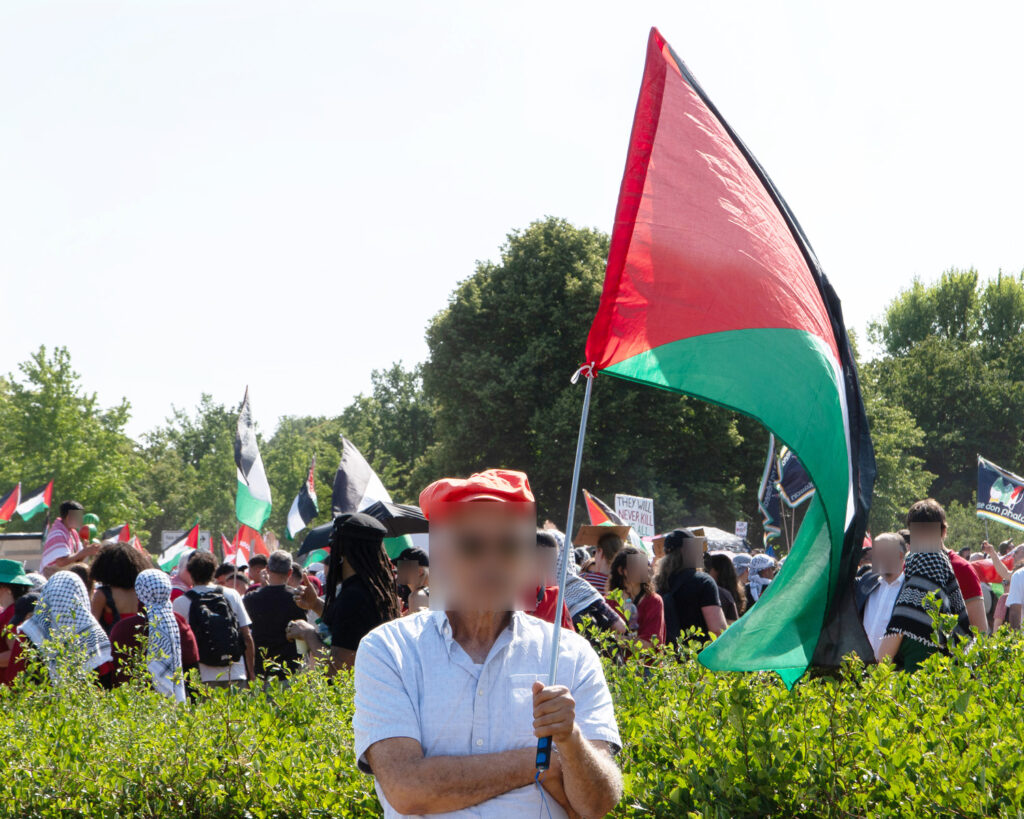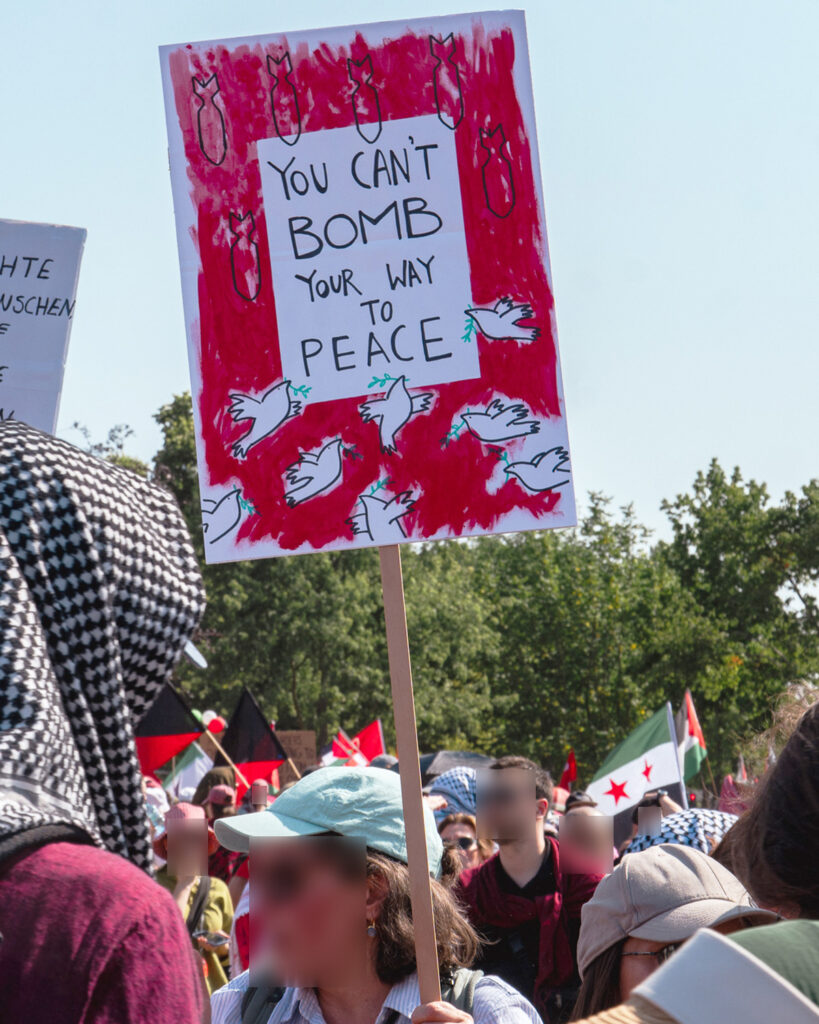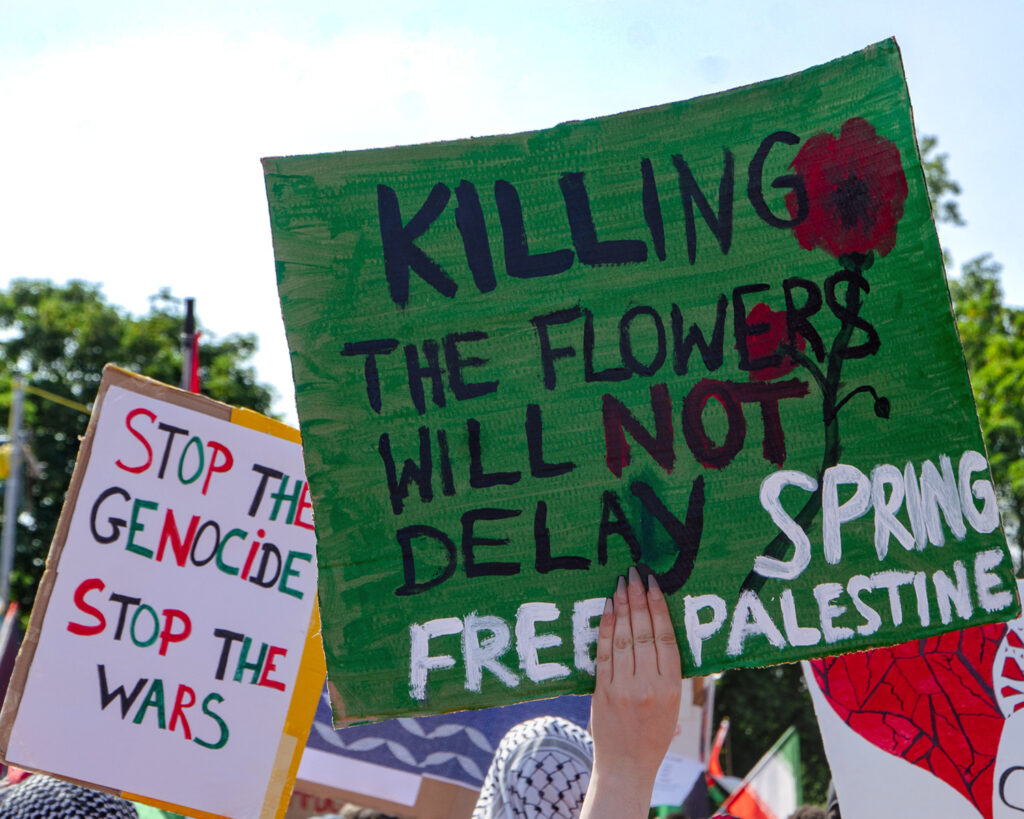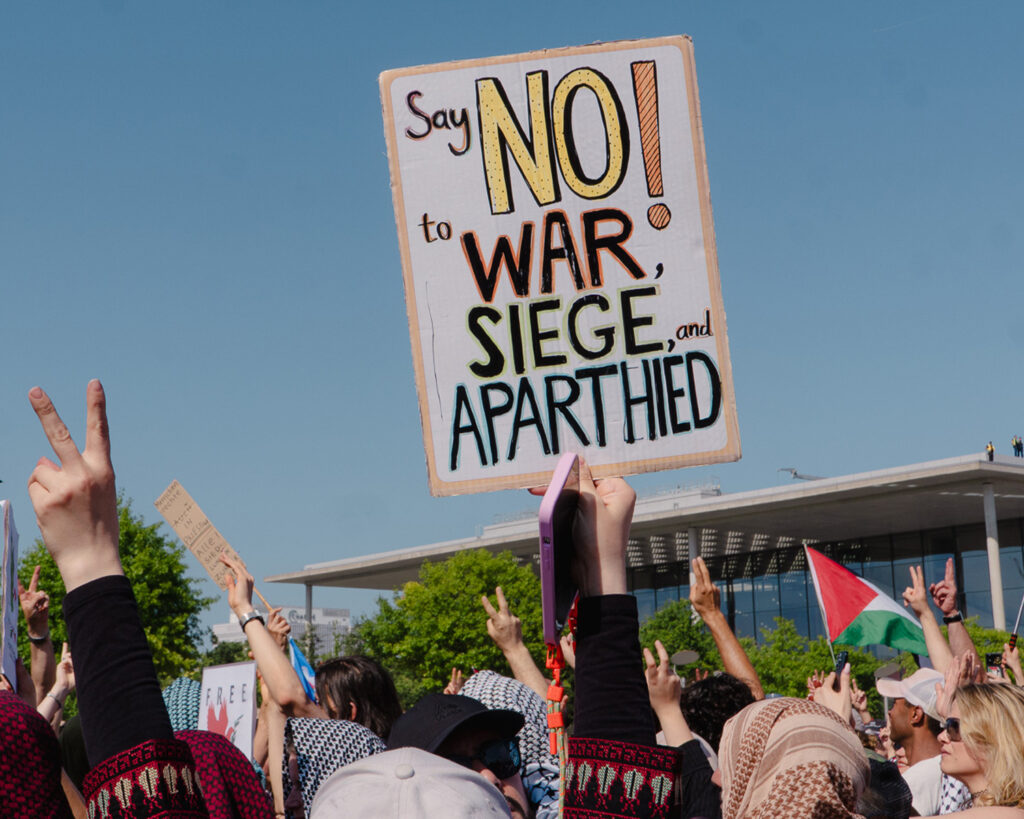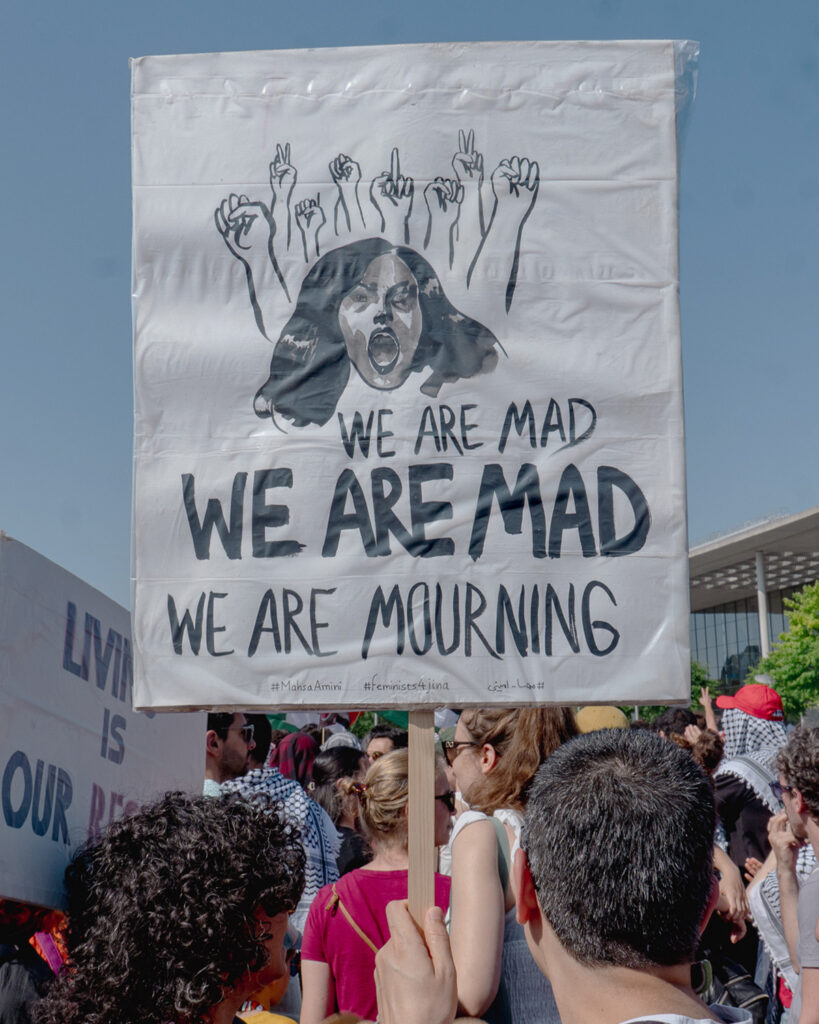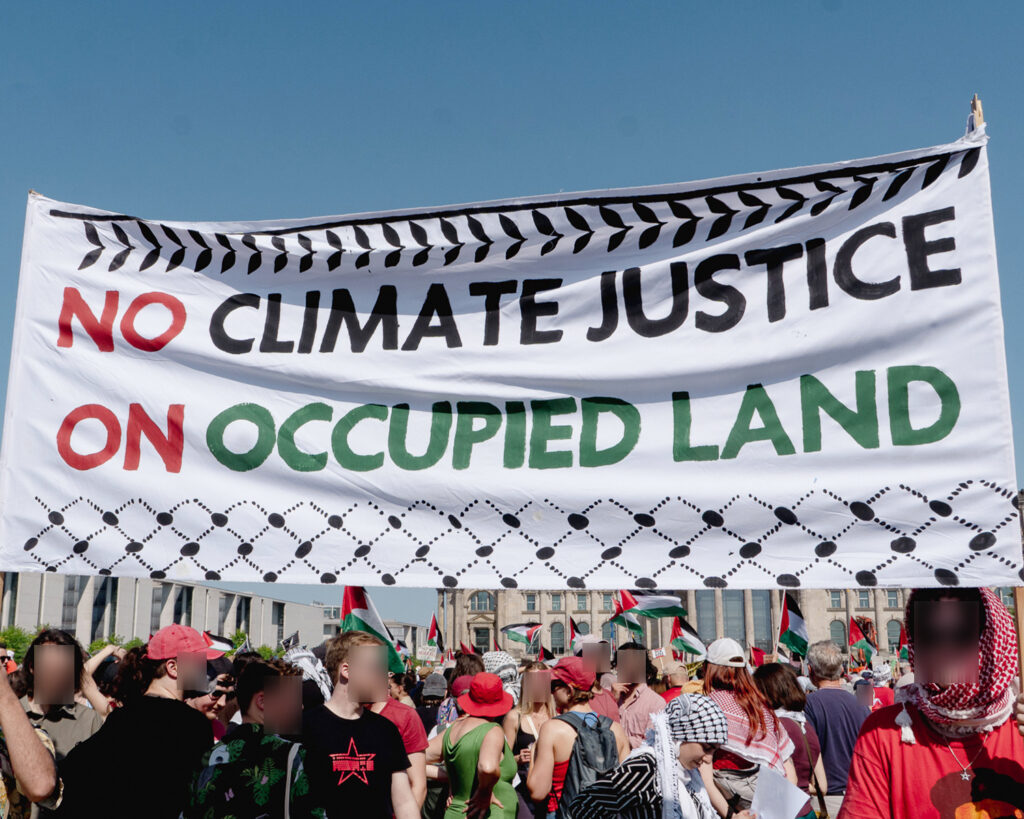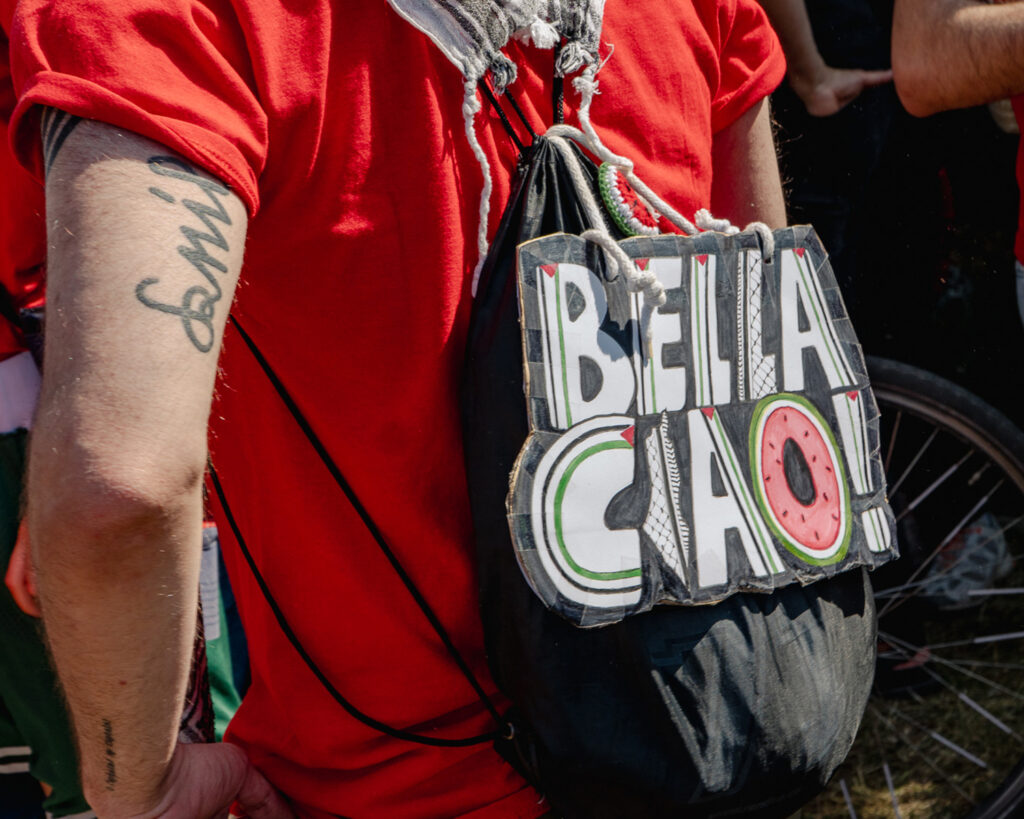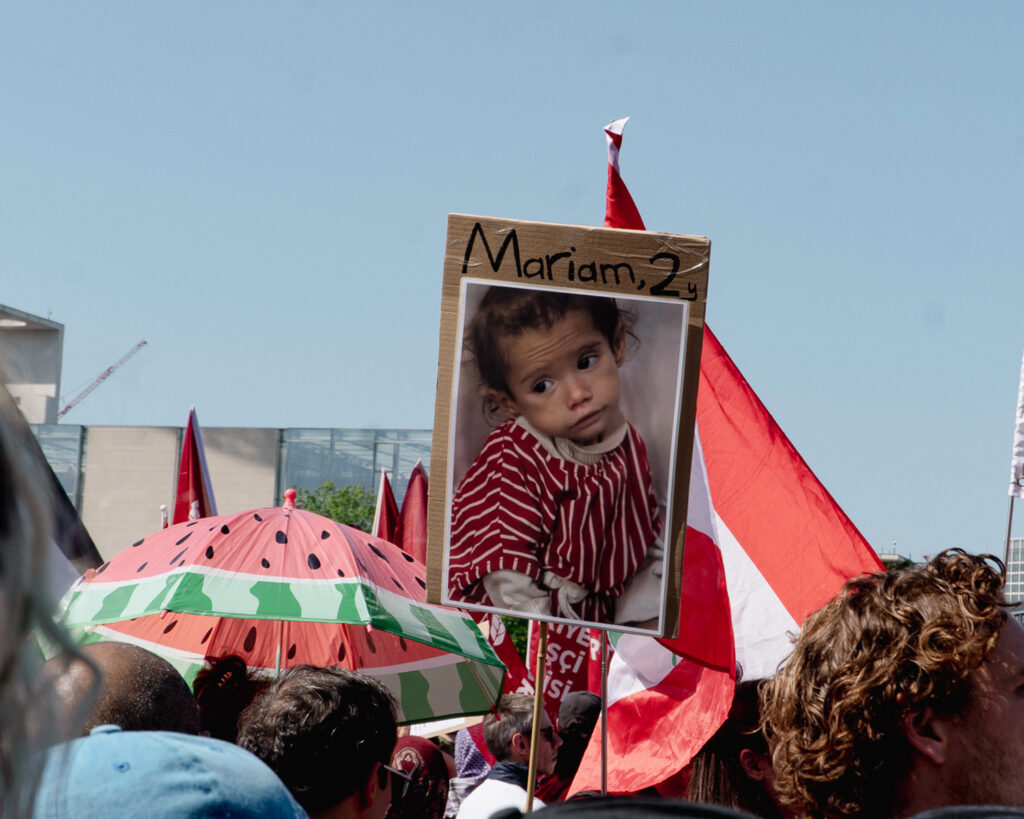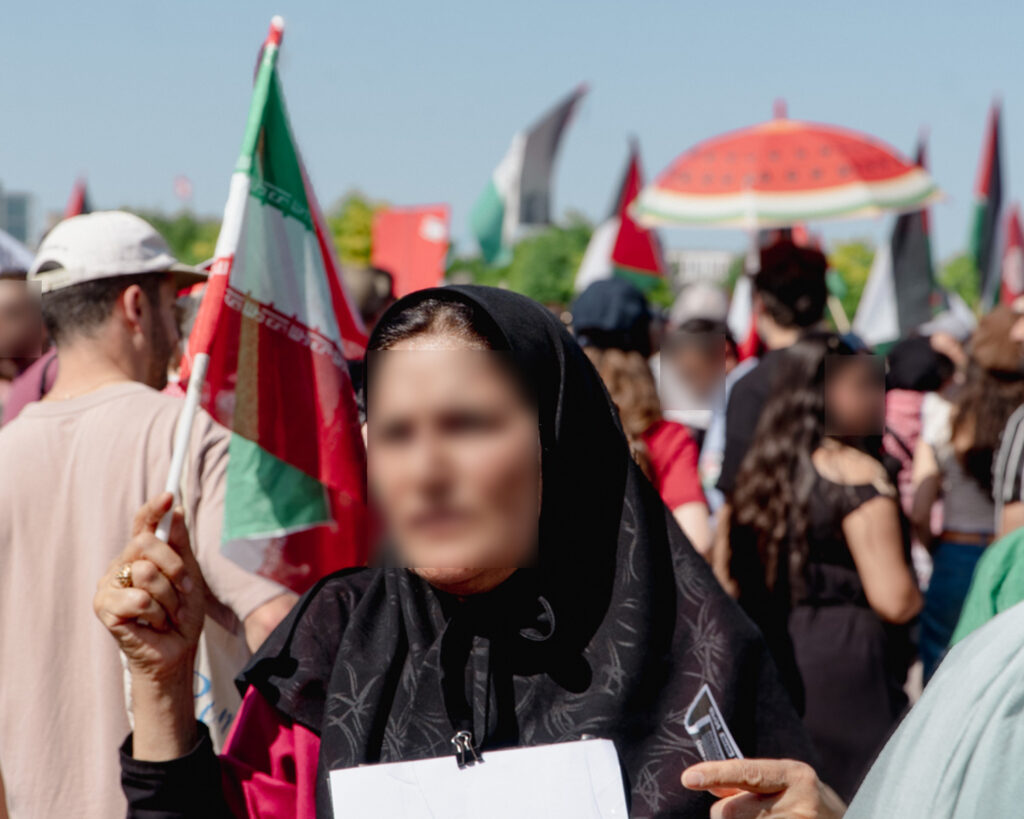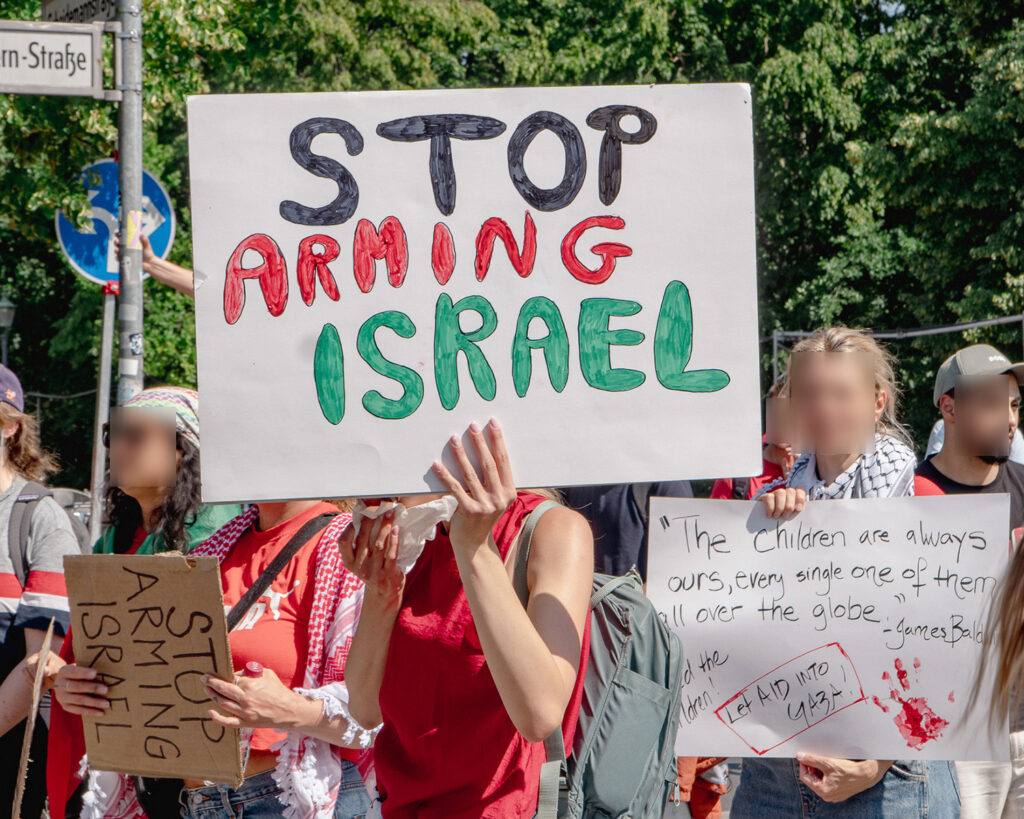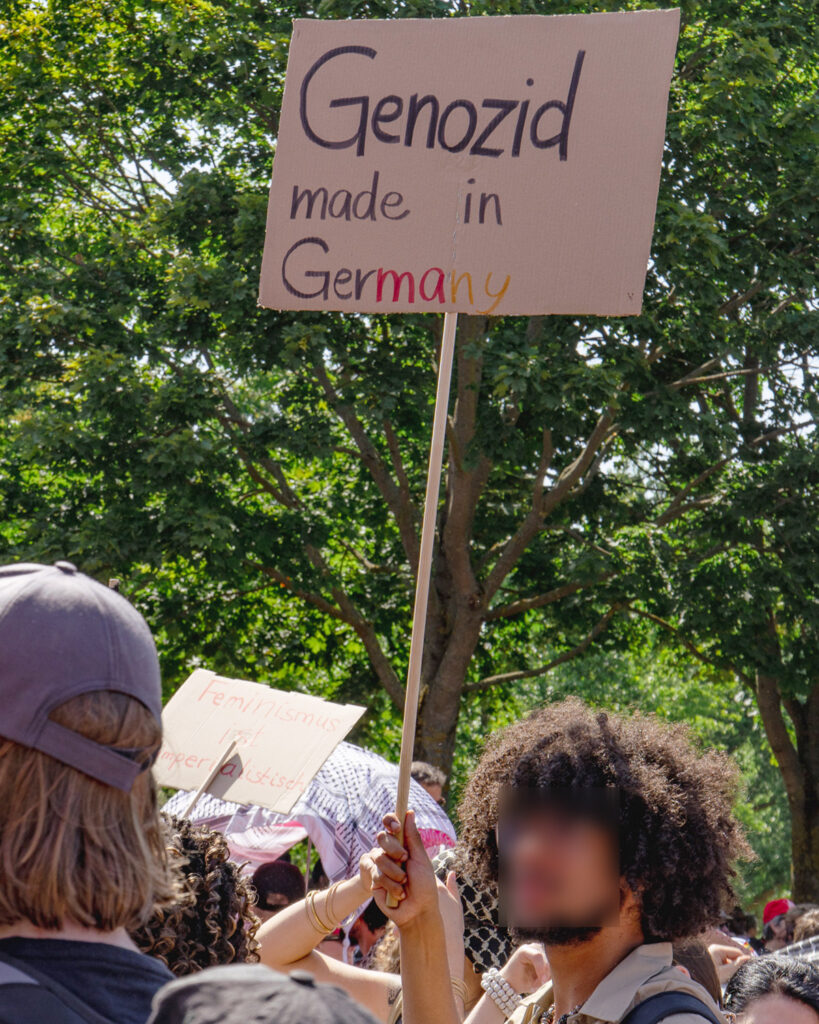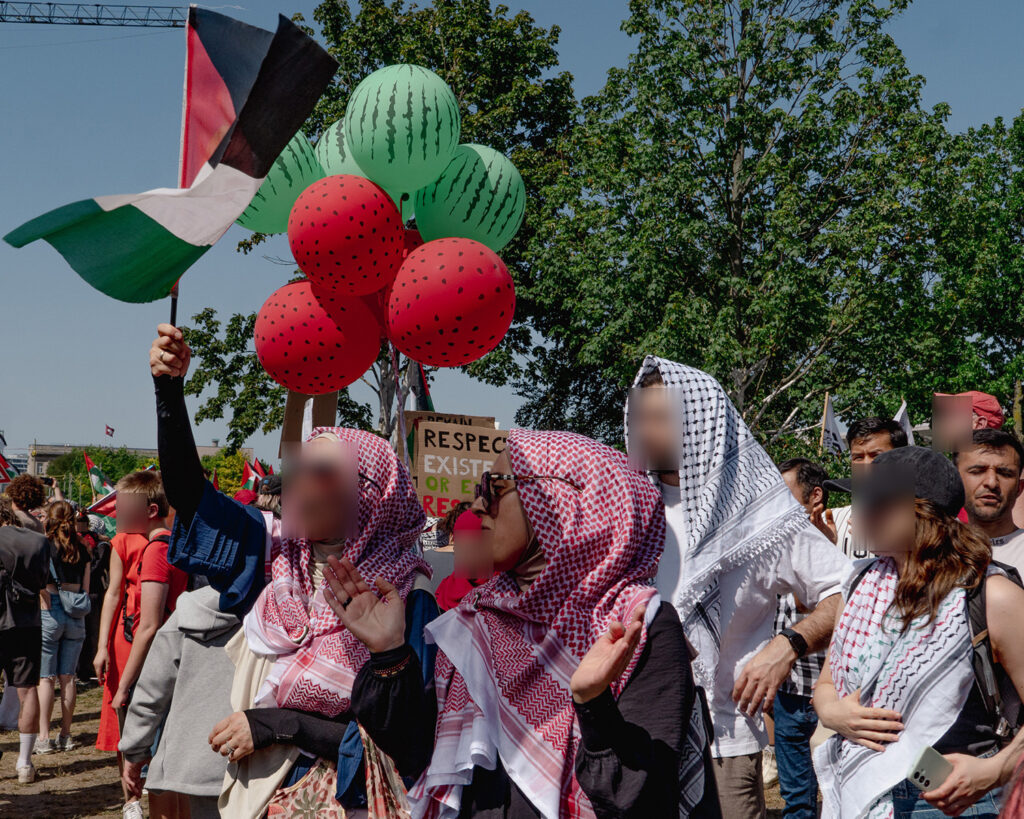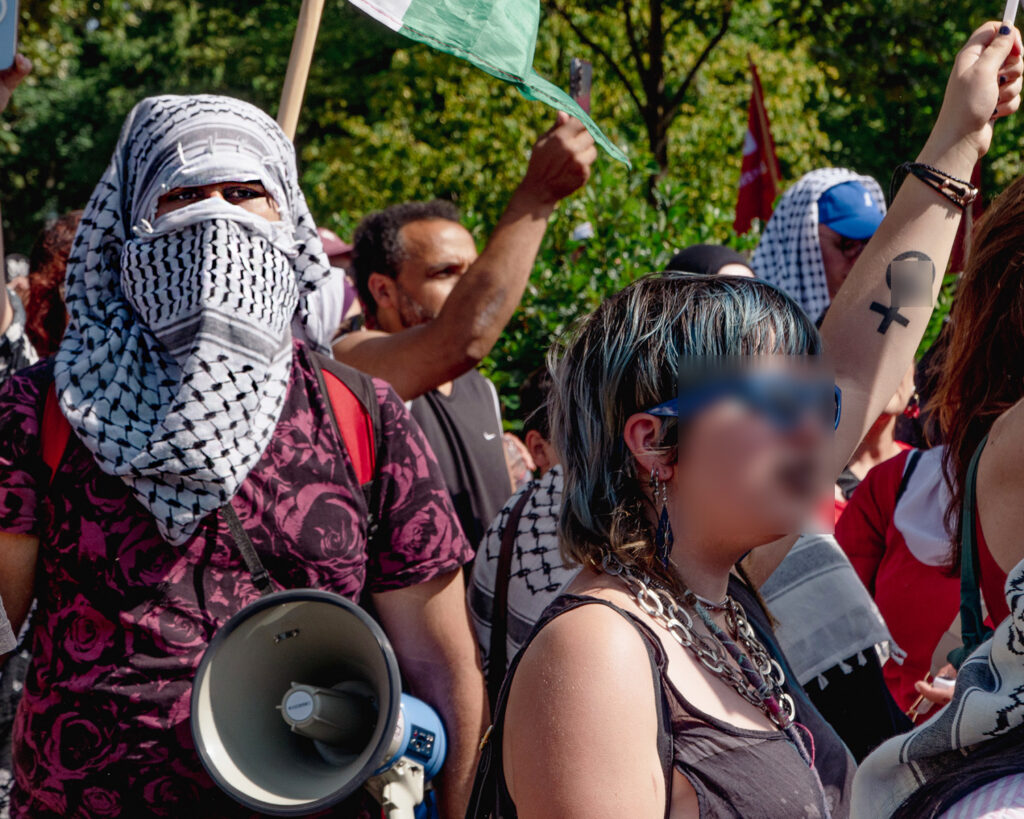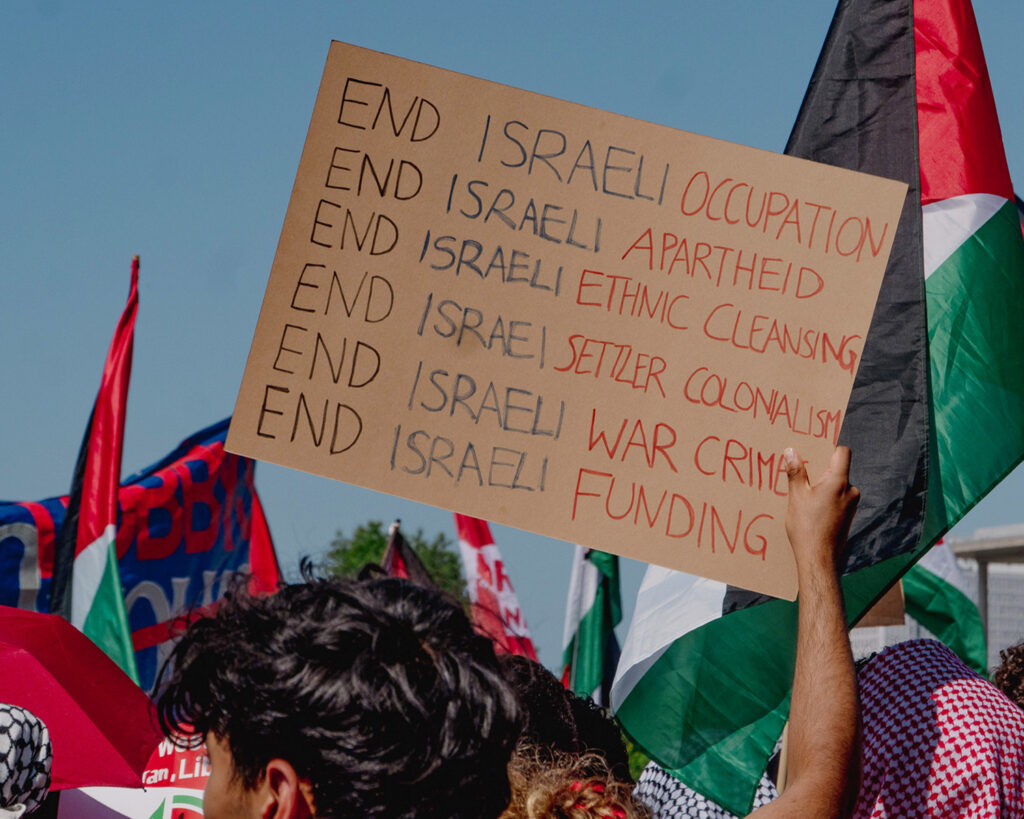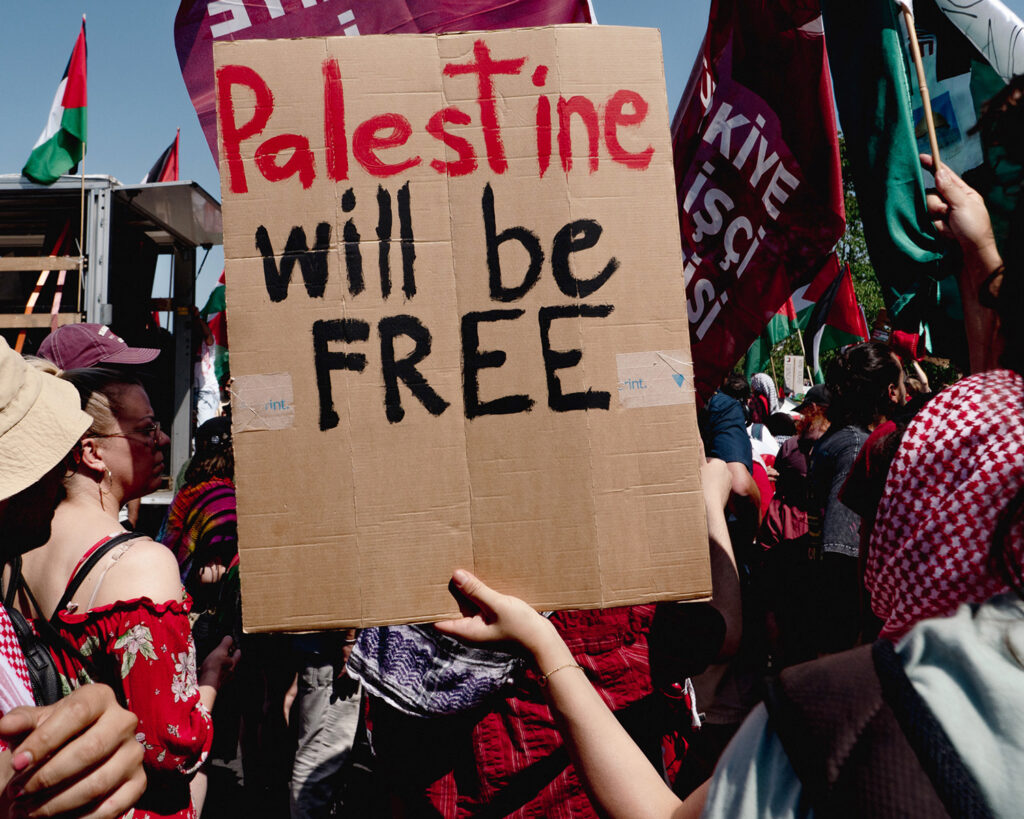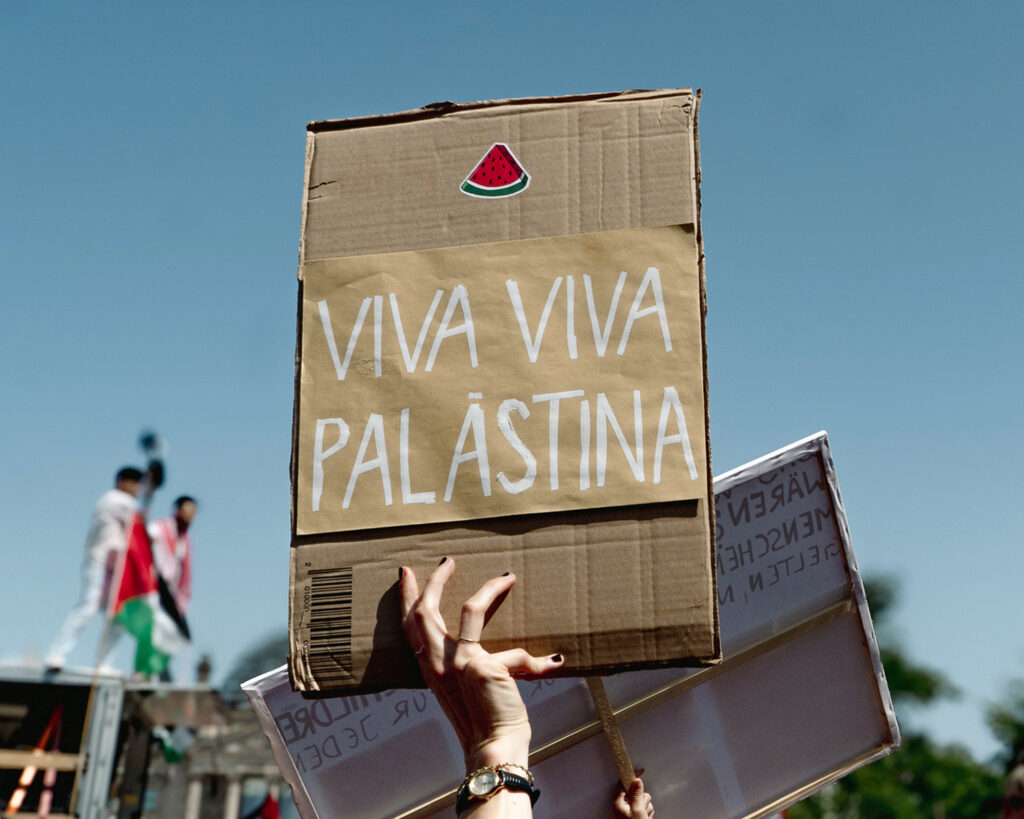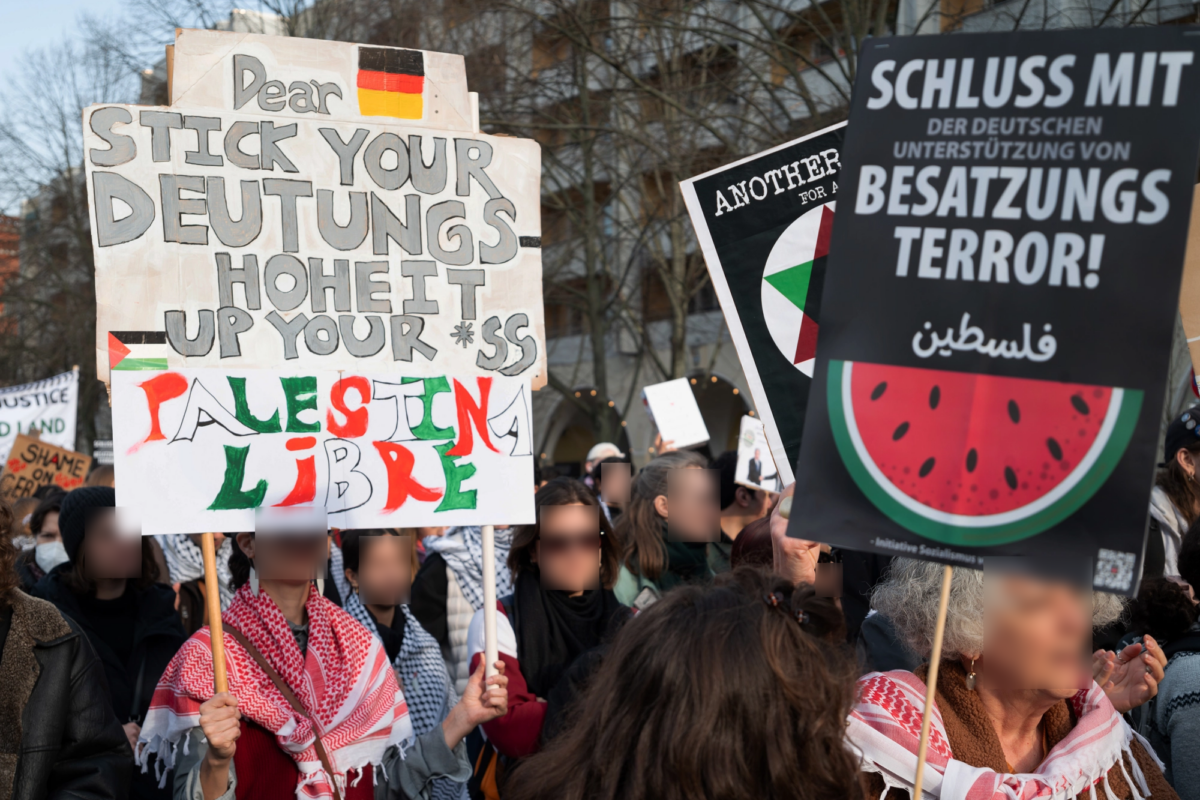This open letter was initiated by members of the Iranian diaspora
Dear Mr. Merz,
On the second day of the G7 summit, in an interview with ZDF – set against what the interviewer described as the “picturesque backdrop of the Rocky Mountains” – you commented on Israel’s attack on Iran with the words:
“This is the dirty work Israel is doing for all of us.”
At a time when terms such as antisemitism, self-defense, and human rights are increasingly devalued through their inflationary and instrumental misuse – rendering a number of minorities who are directly impacted by extremist ideology in Germany increasingly vulnerable – your choice of words is chillingly revealing. Your chosen words aptly indicate your willingness to cheer on the breaking of international law. The only ambiguity in your statement lies in your use of the pronoun, “us.” Whom exactly do you mean by “us,” Mr. Merz? Whose voices do you imagine that you represent via this hate-filled endorsement of the killing and displacement of innocent civilians?
Allow us to remind you of the preamble to the Basic Law of the Federal Republic of Germany, which declares Germany’s commitment to “promoting world peace as an equal partner in a united Europe.” The warfare that your statement supports falls far from supporting global peace. In this sense, how dare you assume that “we,” the German people and inhabitants of Germany, stand behind your belligerent words? Perhaps then, the “we” that you mention is a reference to the German government and other European states? If that is the case, then those governments must now be called upon to publicly respond to your statement.
Your choice of words warrants serious scrutiny, given the immense historical and moral implications. Referring to the deliberate killing of human beings as “work” – a term used for the production of goods or the provision of services – is nothing less than an act of linguistic dehumanization of the victims. The phrase “dirty work” troublingly echoes language formerly used by SS leadership: In his testimony before the Polish tribunal, the commandant of Auschwitz, Rudolf Höss, described the systematic extermination of human beings as a “task,” as necessary “work” to be carried out.
Mr. Merz, how convenient it is to have other parties carry out the “dirty work” for you at this moment in history without German hands having to be literally stained with blood! The “dirty work” is now carried out by the Israeli government at a comfortable distance. The resulting civilian deaths are cynically whitewashed via trivialization, omission, and selective reporting in mainstream media.
In your comment, you speak of the same Israeli government that has already been responsible for the deaths of over 55,000 people in Gaza, a government that should not be conflated with the civilian population of Israel, just as the current dictatorial regime in Iran cannot be conflated with Iranian civilians and just as German government policy vis-a-vis Israel-Palestine and the Middle East must be understood, at this moment in time, as distinct from the will of the German people.
You speak of the same Israeli government whose prime minister, on 21 November 2024, was issued with an arrest warrant for war crimes and crimes against humanity by the International Criminal Court, a court whose authority your government seems increasingly unwilling to recognize. The Israeli government’s violations of international law were explicitly pointed out to you by Mohamed ElBaradei, the Nobel Peace Prize laureate and former Director General of the International Atomic Energy Agency. Regrettably, it has become apparent that it is no longer necessary to adhere to and respect international law and basic humanitarian principles in order to hold high political office in Germany.
We, the undersigned, are Iranian citizens with German citizenship or residence status. We live, work, study and engage in social work here – as academics, doctors, nurses, artists, craftspeople, activists, teachers, childcare workers, engineers and others who contribute significantly to German society. What you refer to as “dirty work,” Mr. Merz, is a cruel euphemism for the murder and displacement of our family and friends in Iran. What you wish to sell to the German public as “targeted strikes on nuclear facilities” is, in reality, a bloody war carried out by a corrupt far-right government in the Middle East, under the guise of “self-defence.”
Our German, European and international colleagues, friends, and allies – many of whom have also signed this letter – are well informed about the crimes committed by the Israeli government in Gaza, the West Bank, Lebanon, Syria and Iran. They are bearing direct witness to how deeply shaken, desperate and traumatized we are by a government which, at least before your tenure, appeared to want all who live in Germany represented. Your “dirty work,” as carried out by the Israeli government, is reviled not only by the deeply impacted civilians of Iran, but also by a great number of attentive Germans – some of whom have signed this letter.
We strongly urge you to immediately halt all arms exports to Israel and to issue a public apology for your hateful and degrading use of language. Let this letter be a reminder that we will continue to inform and educate the growing number of Germans who are deeply alarmed by the crimes that the Israeli government consistently perpetrates. We will continue to disseminate the images and reports that we receive directly from Iran and other contexts impacted by Israel’s indiscriminate violence. Be aware that those who have enabled or been complicit in this violence, including your government, will be held accountable for having directly or indirectly perpetuated the “dirty work” that you so callously evoked during your ZDF interview.
Sign here
You can find this Open Letter in German, English, and Farsi with a list of the existing signatories here.

